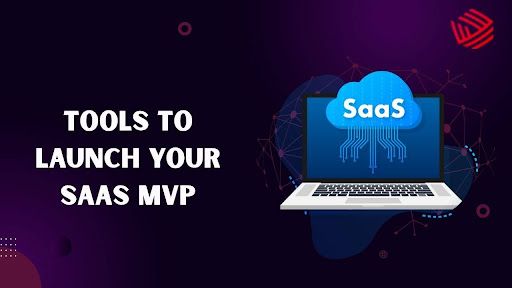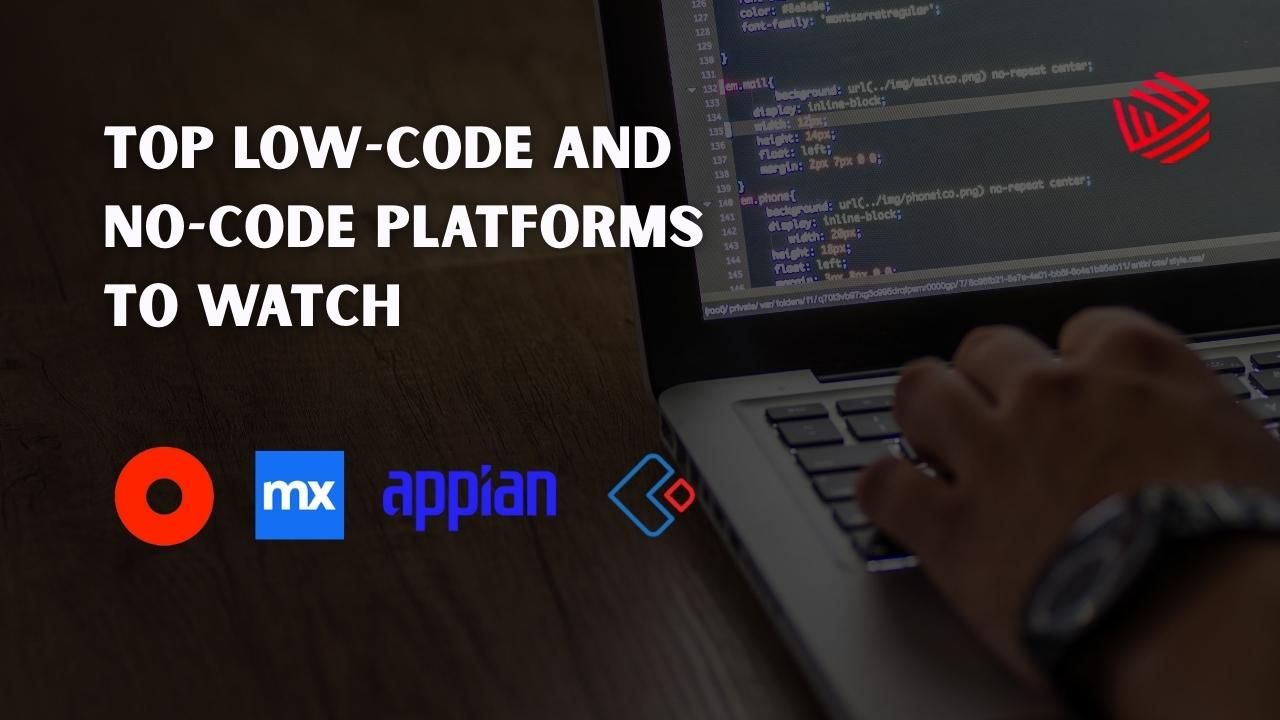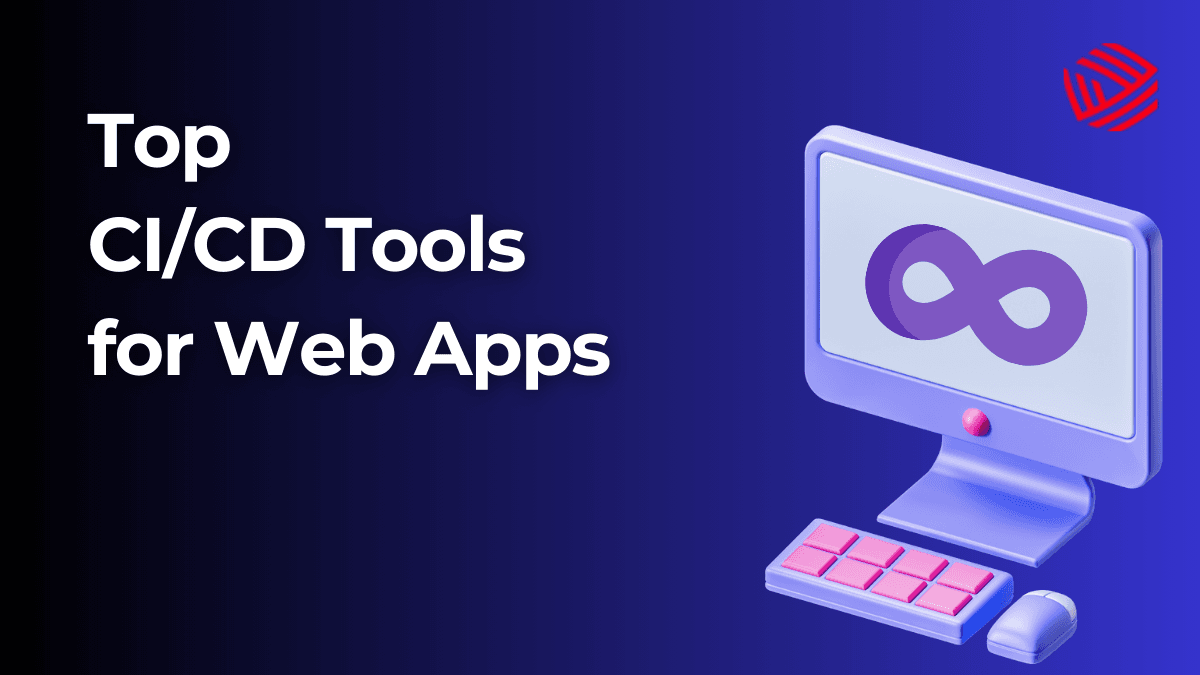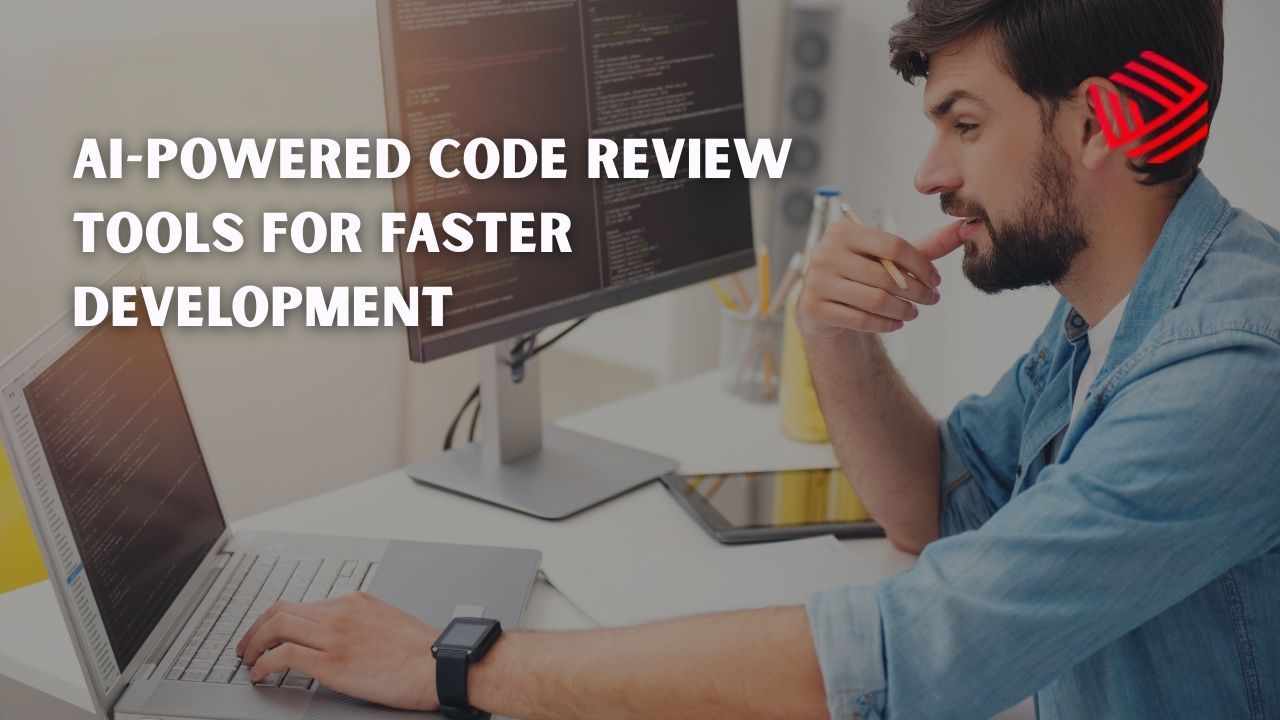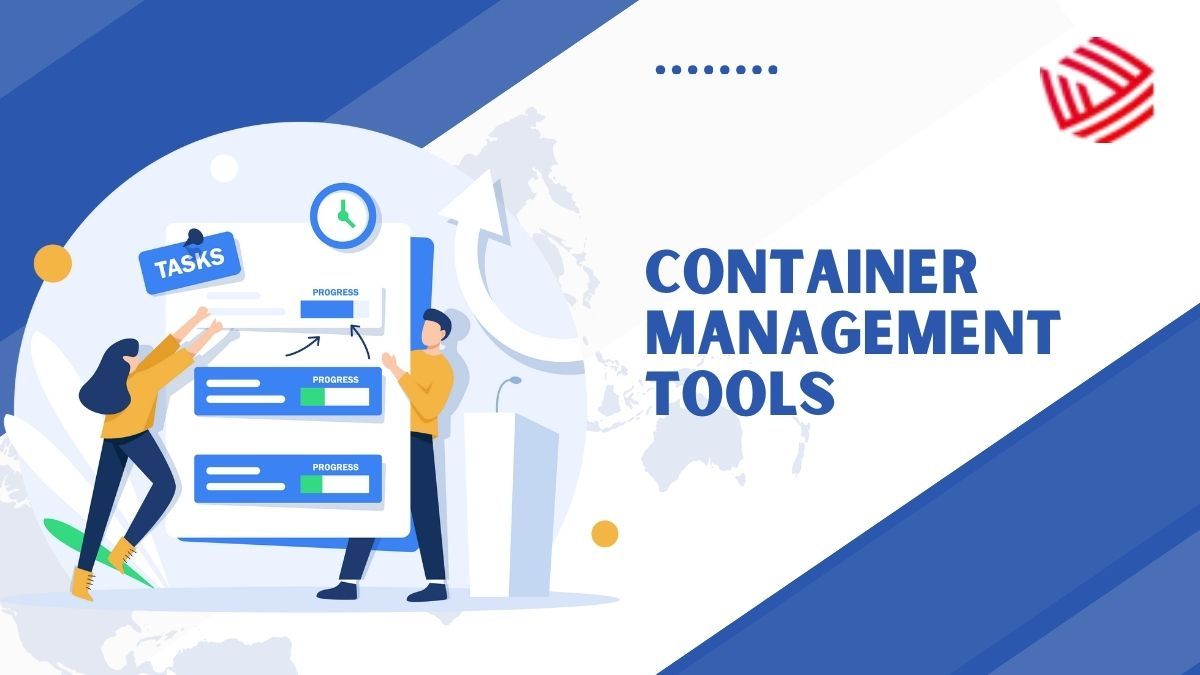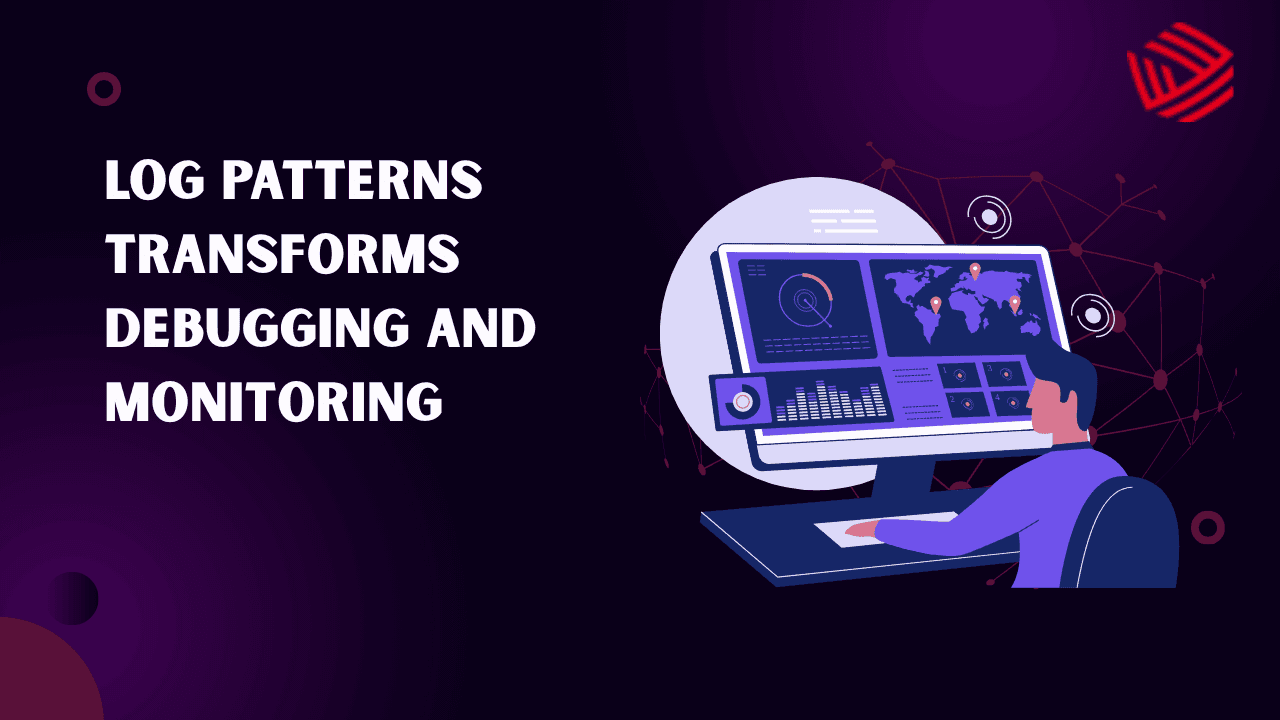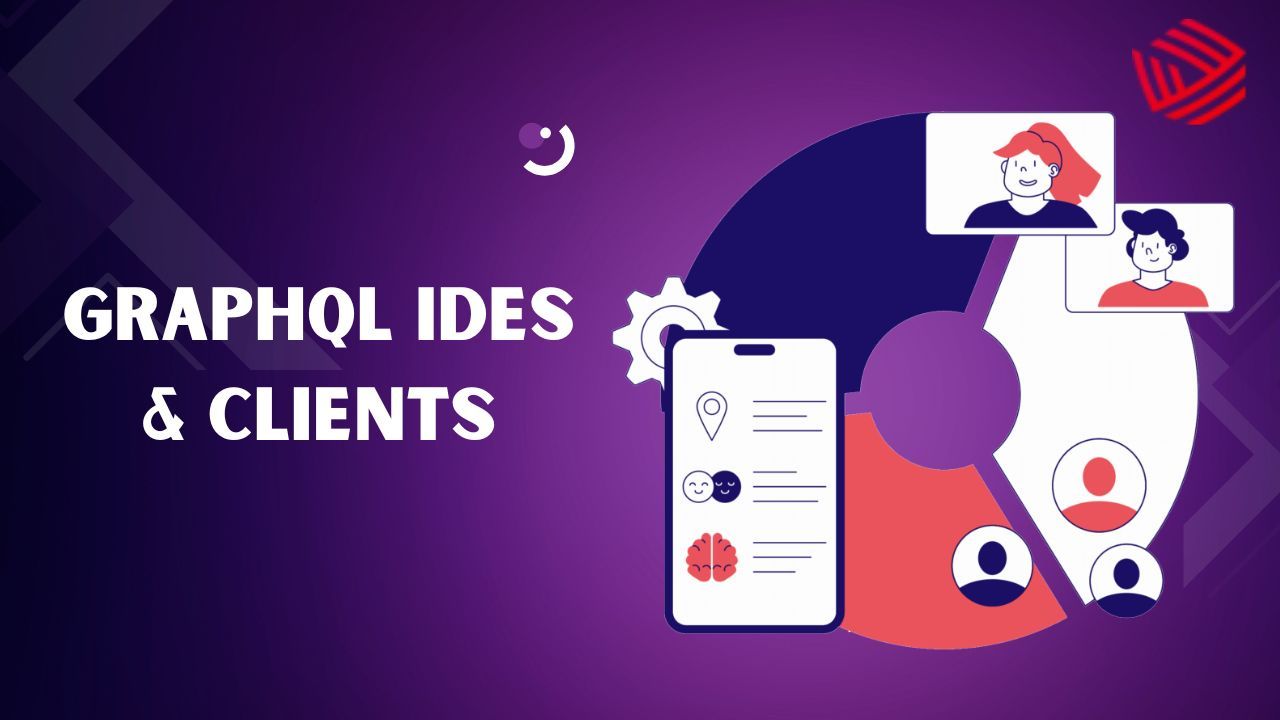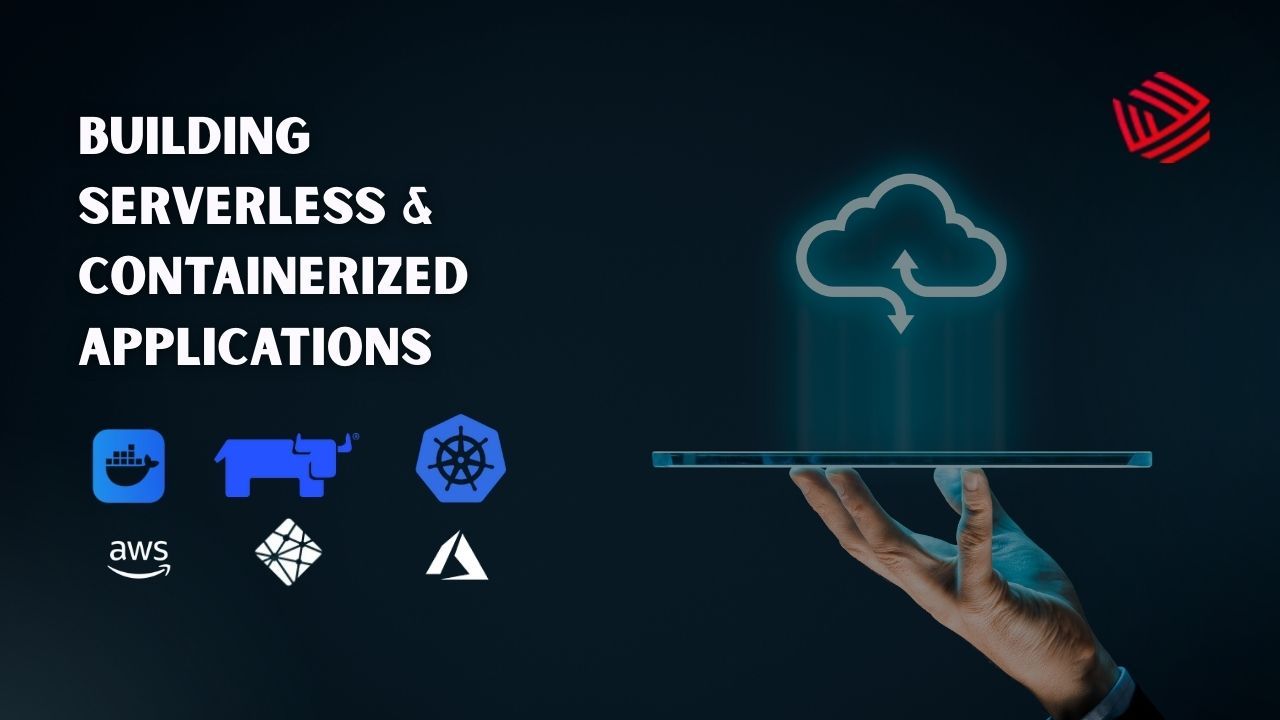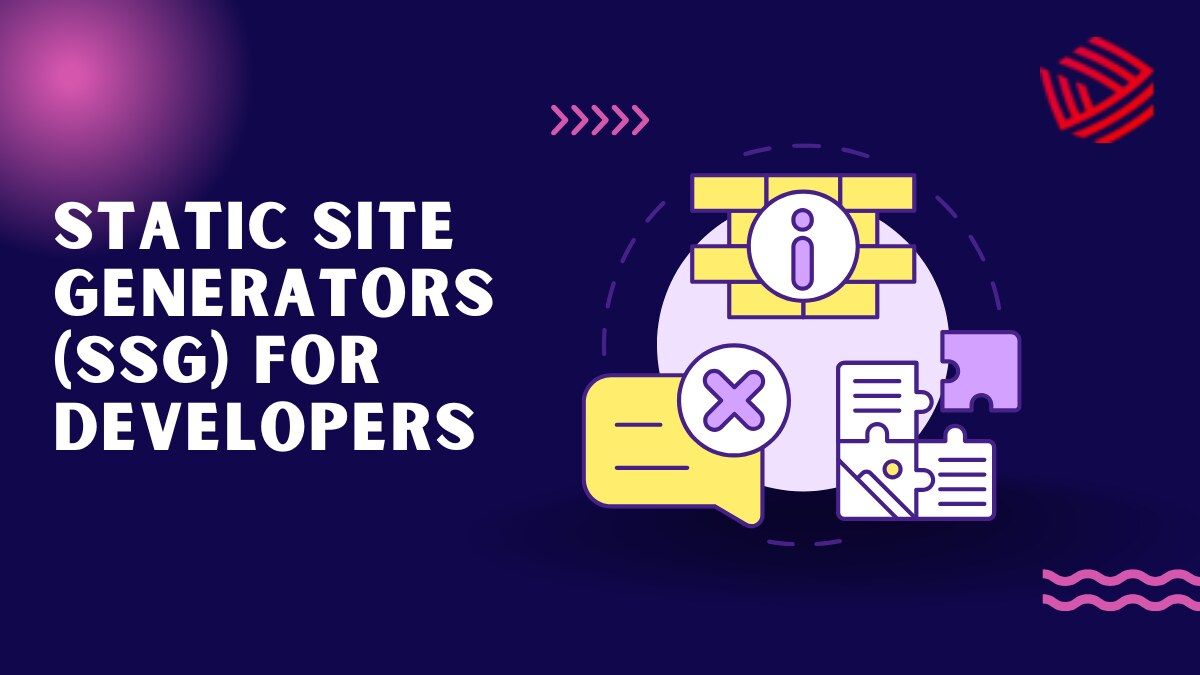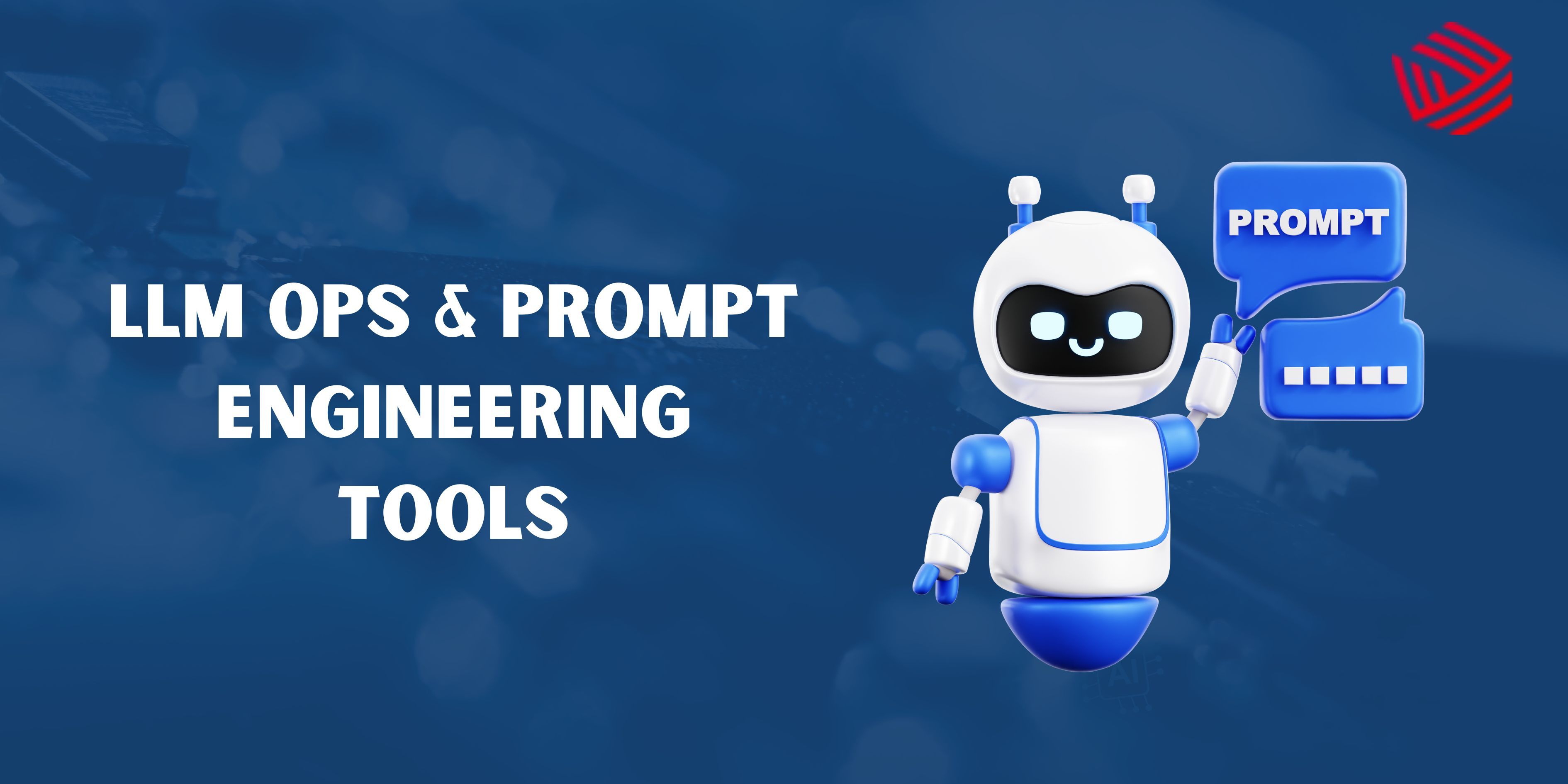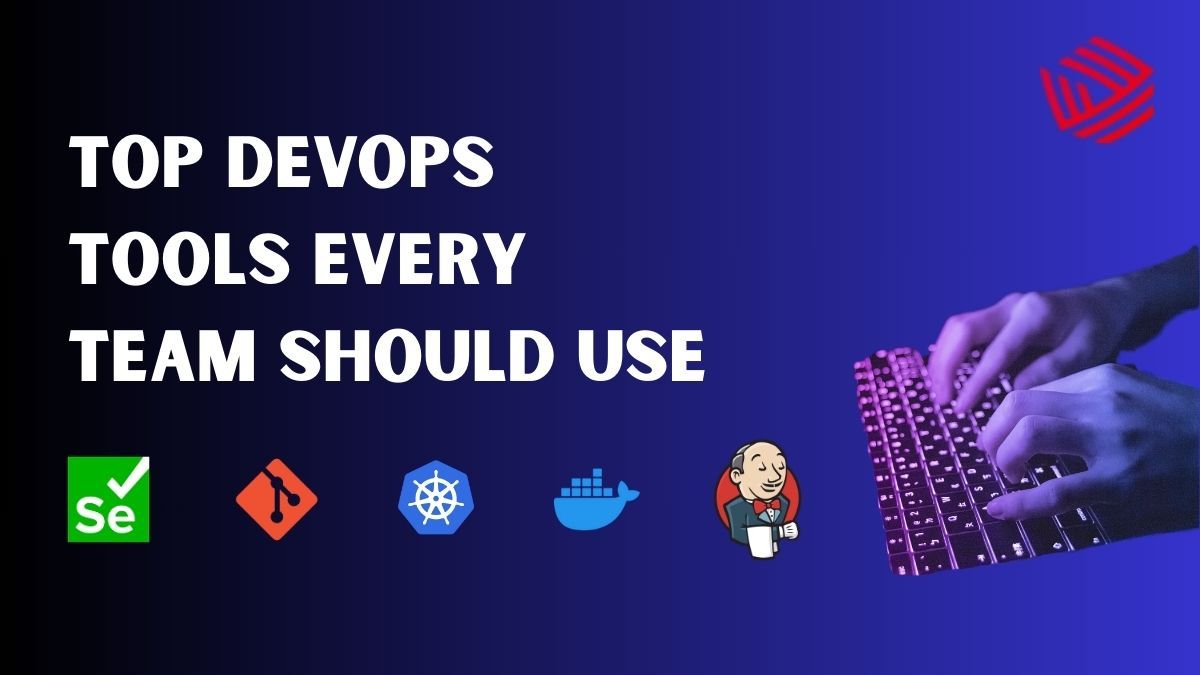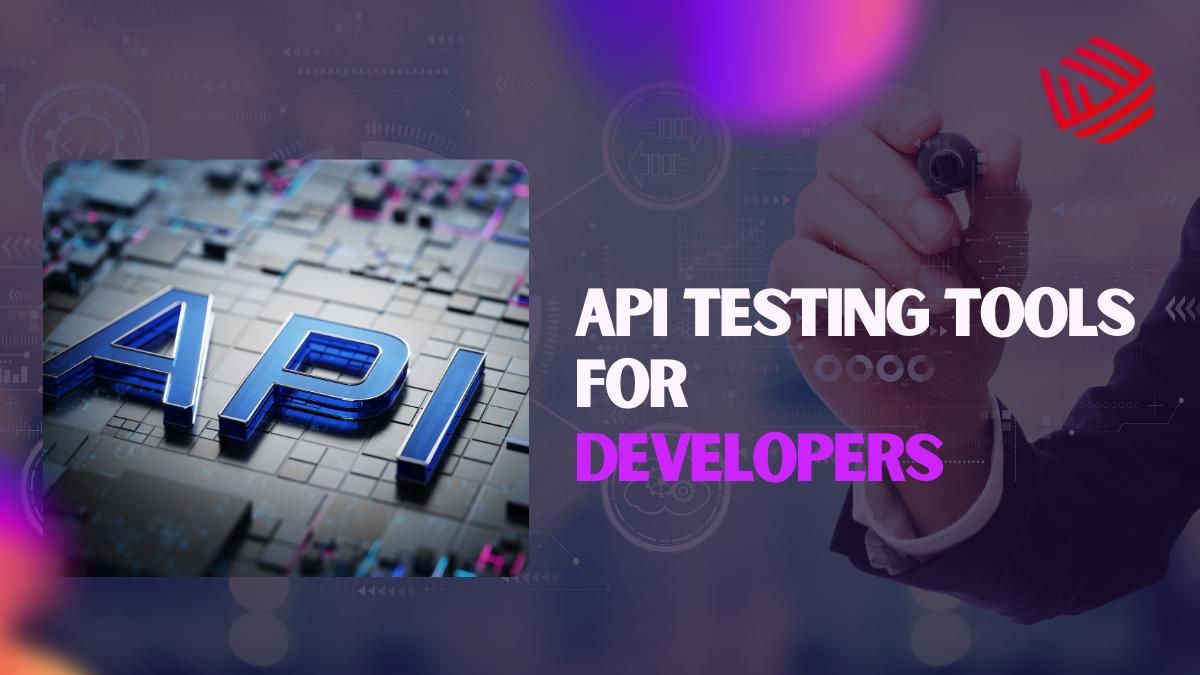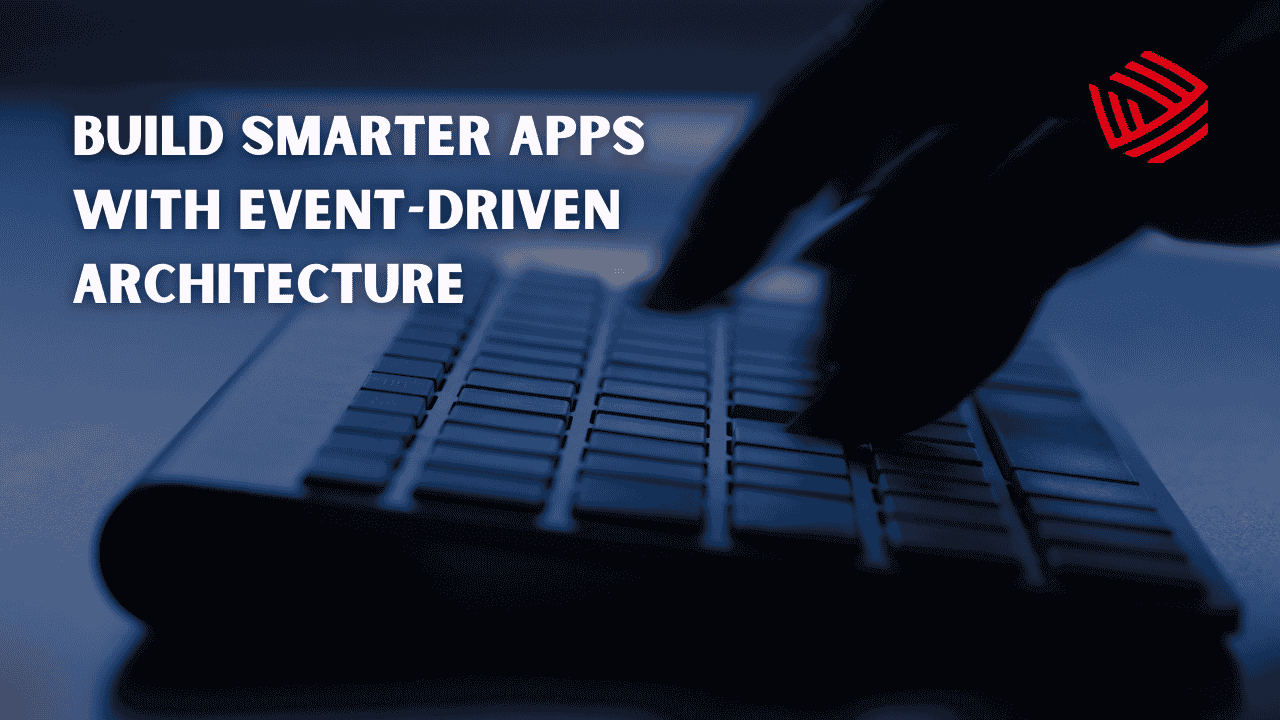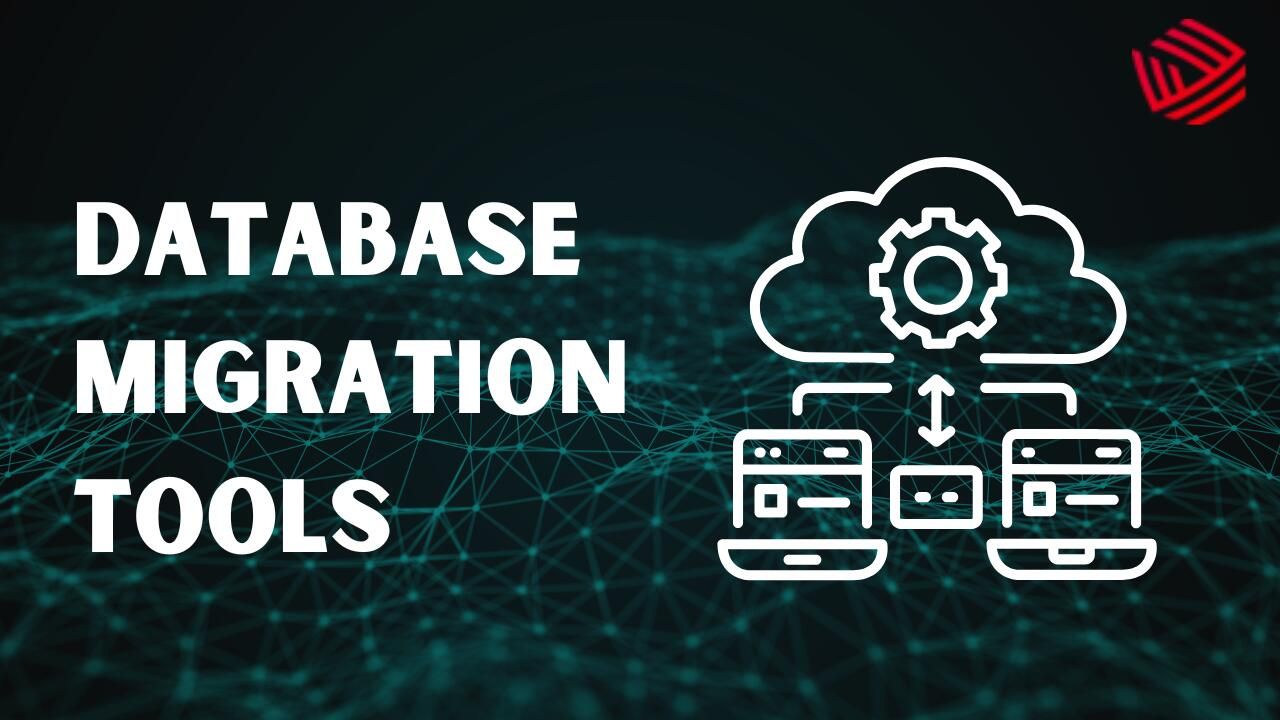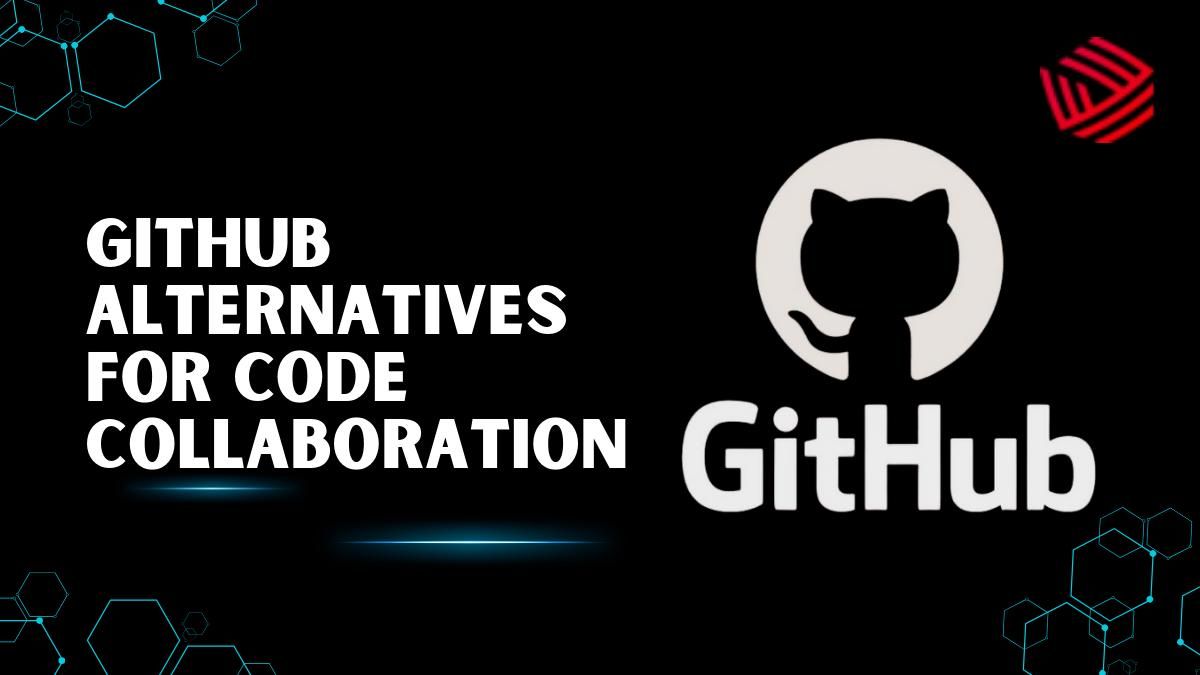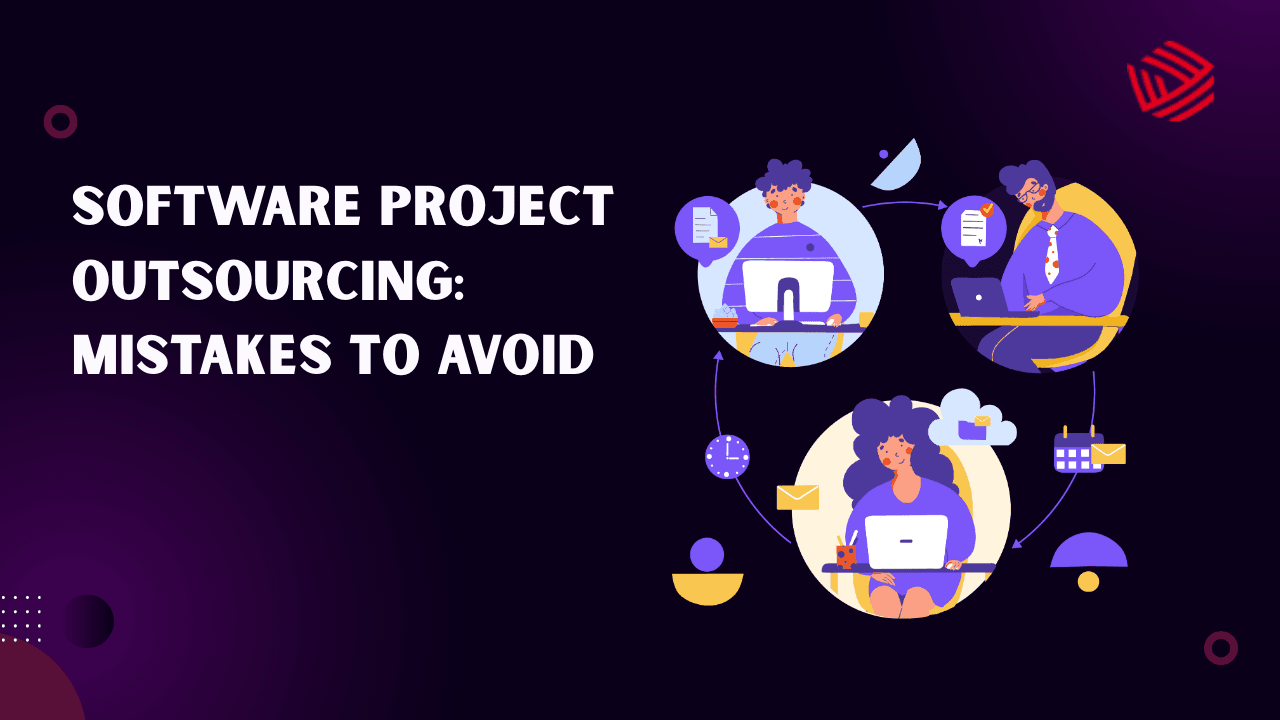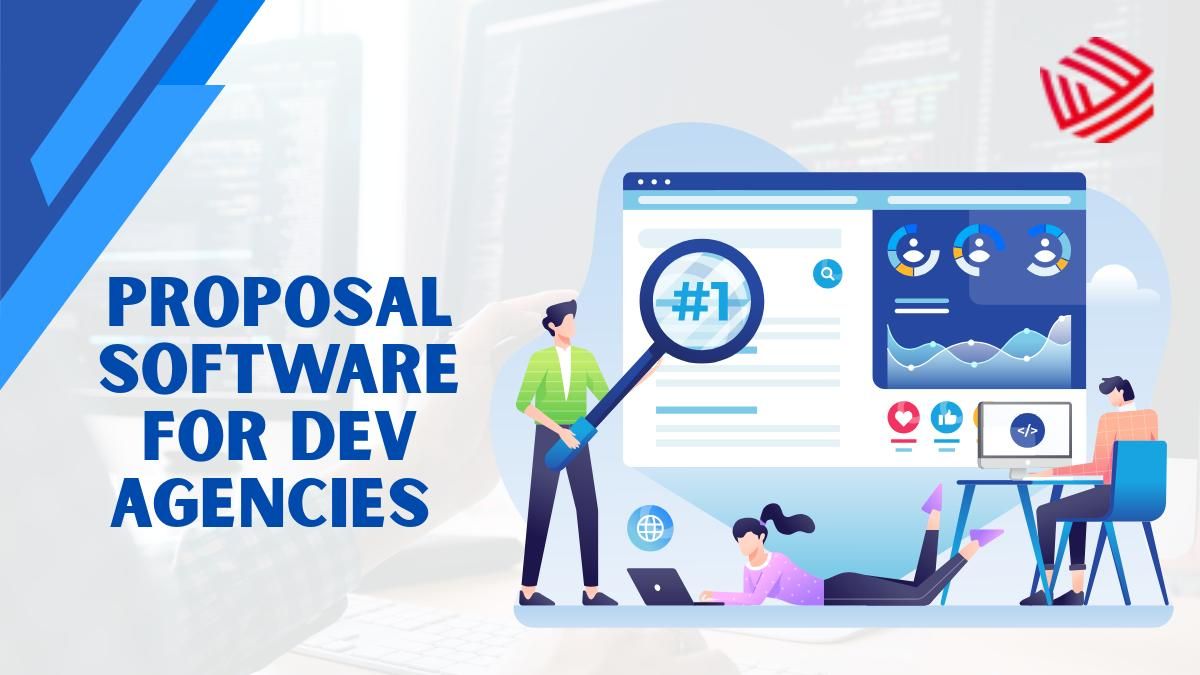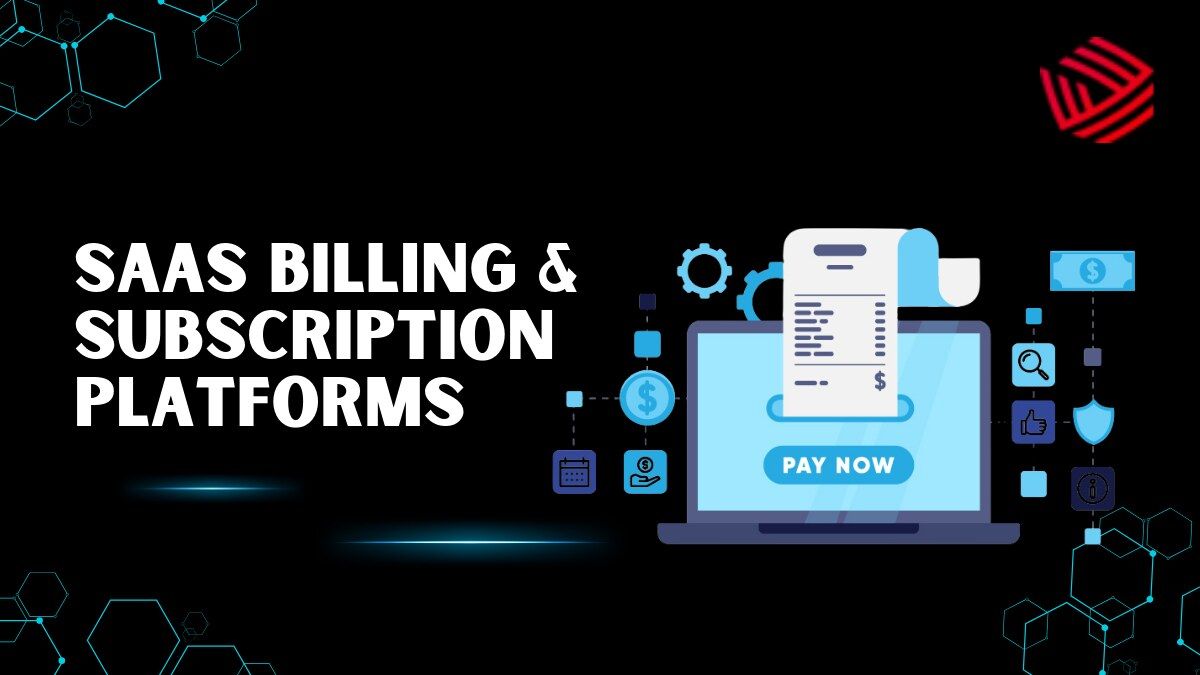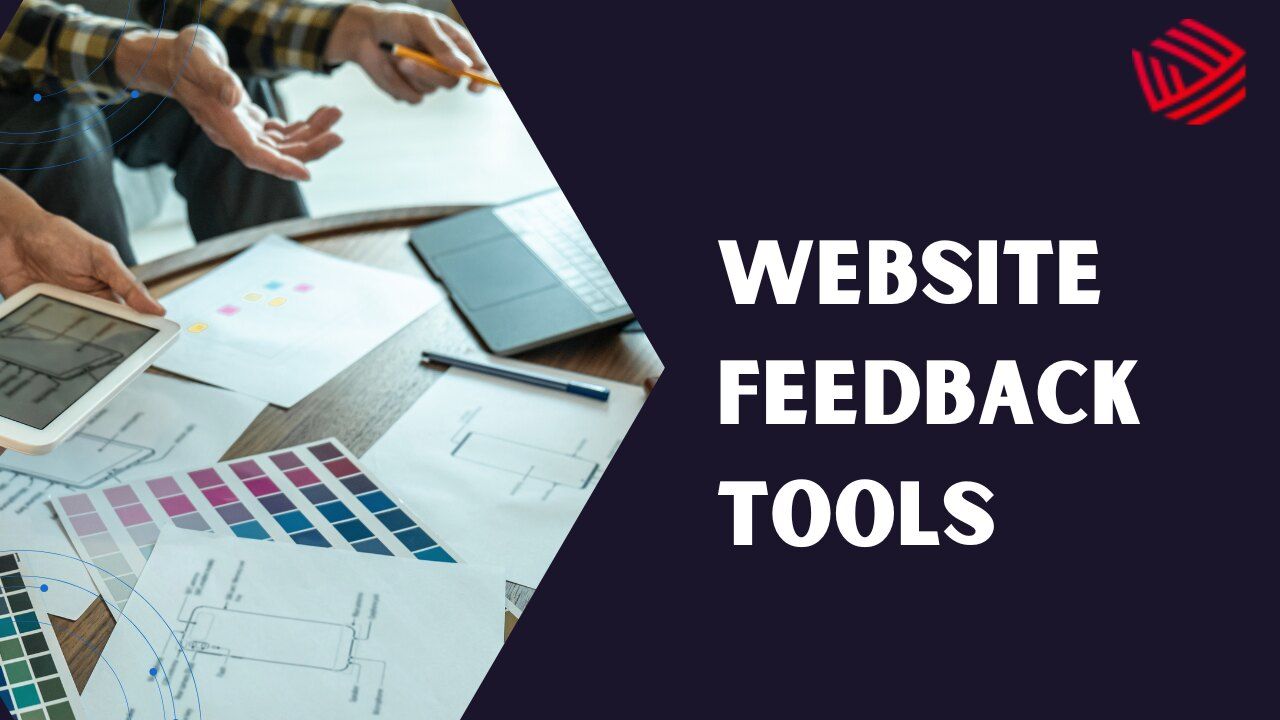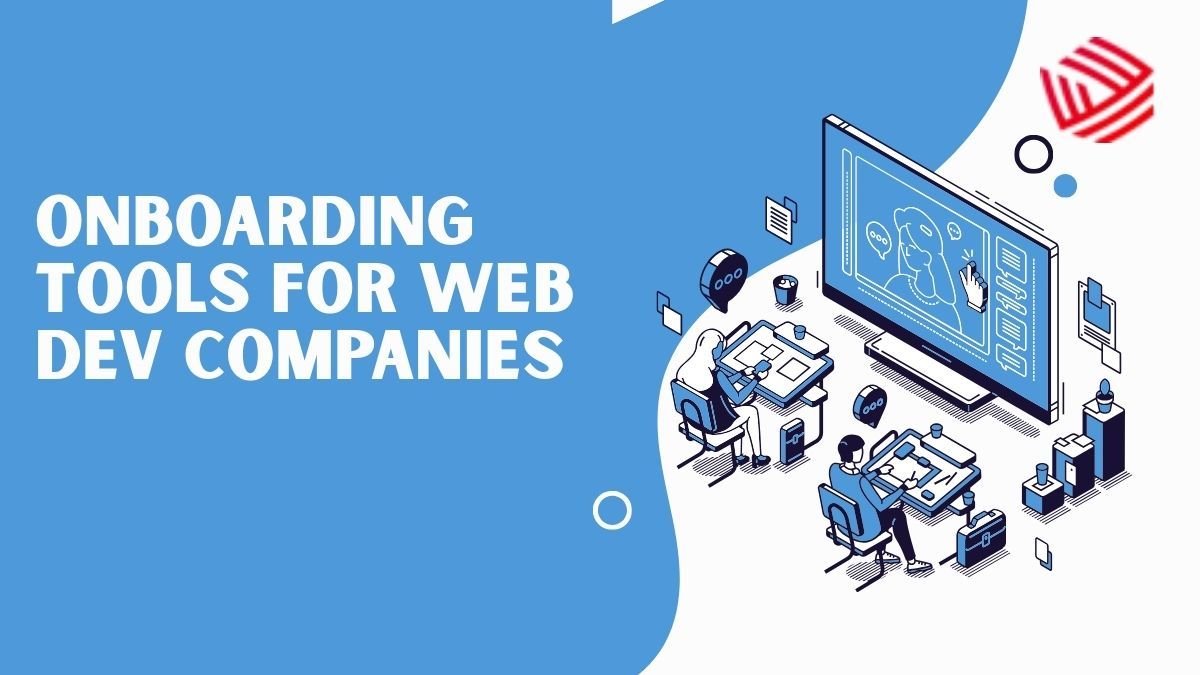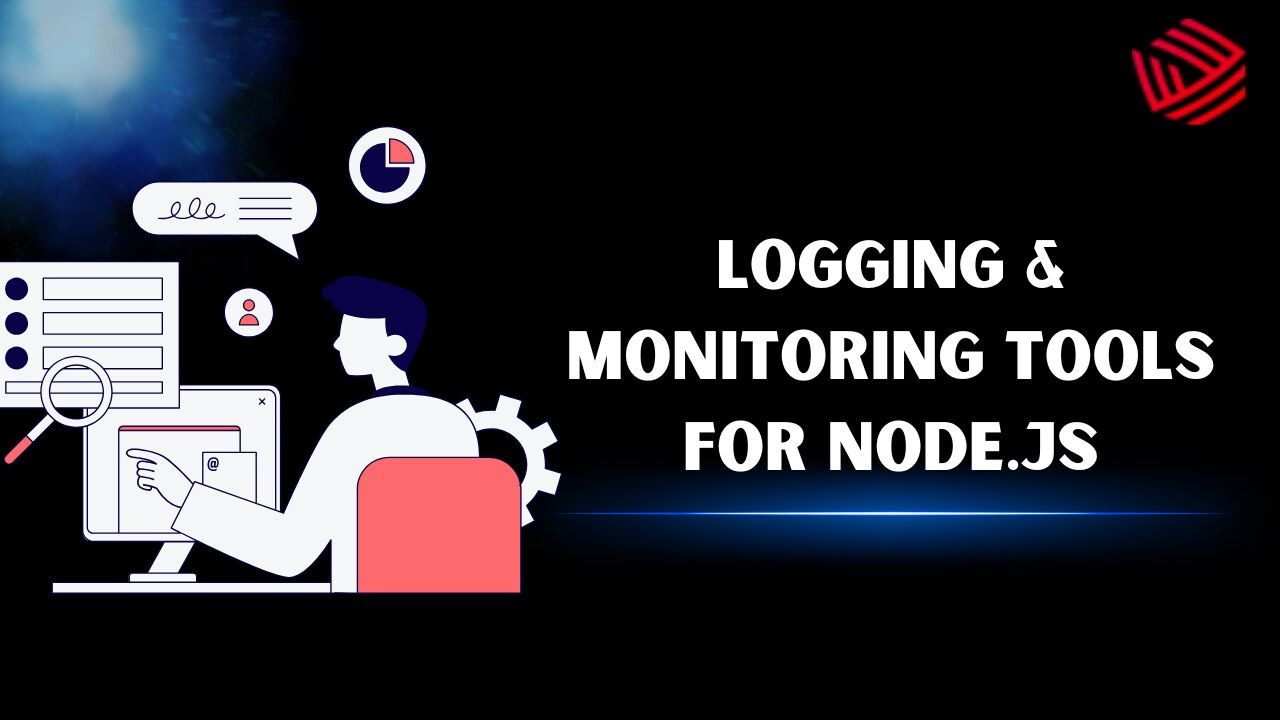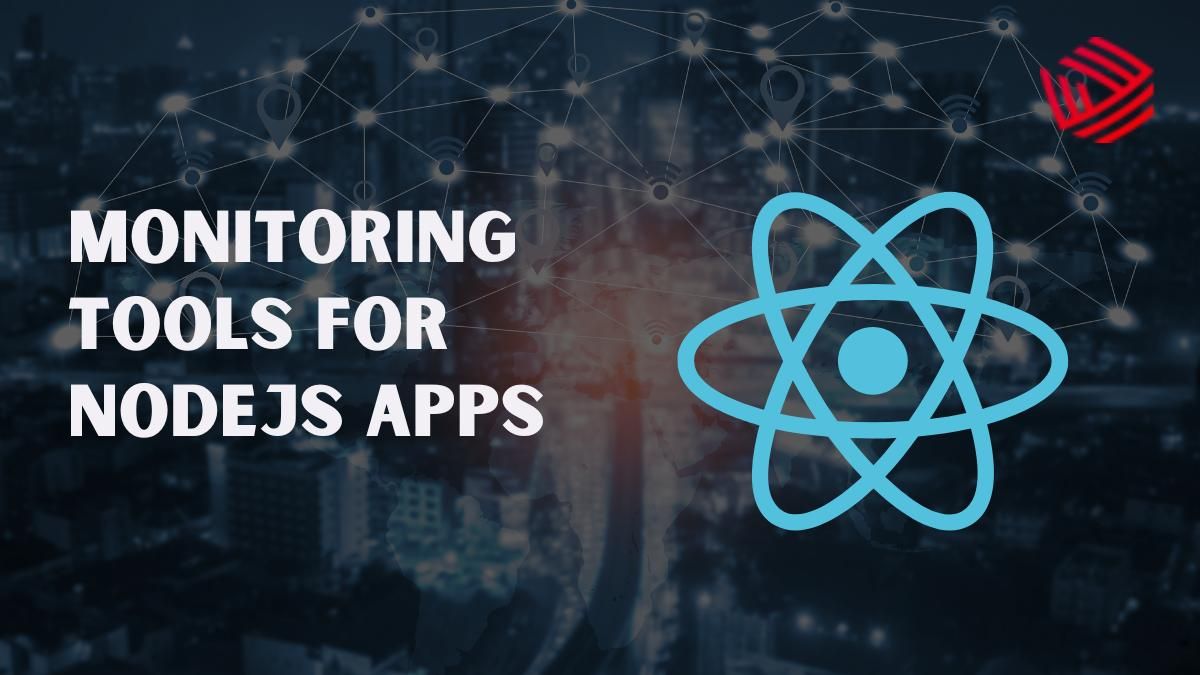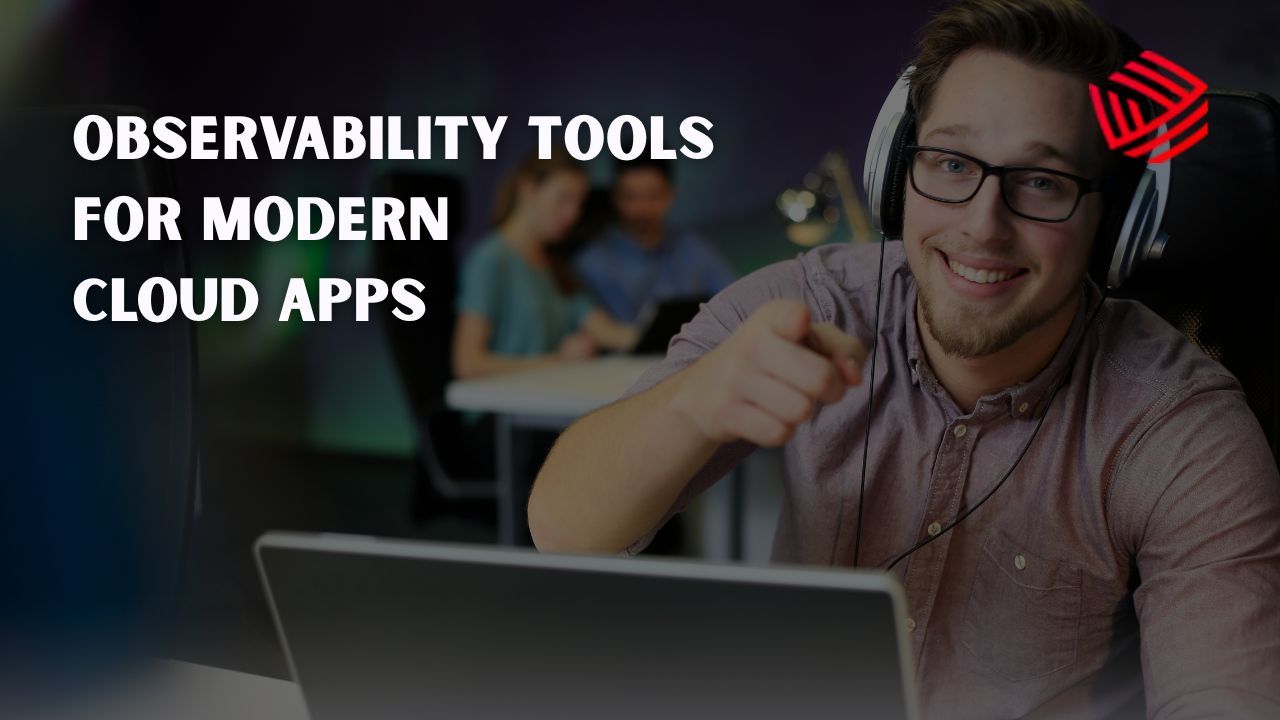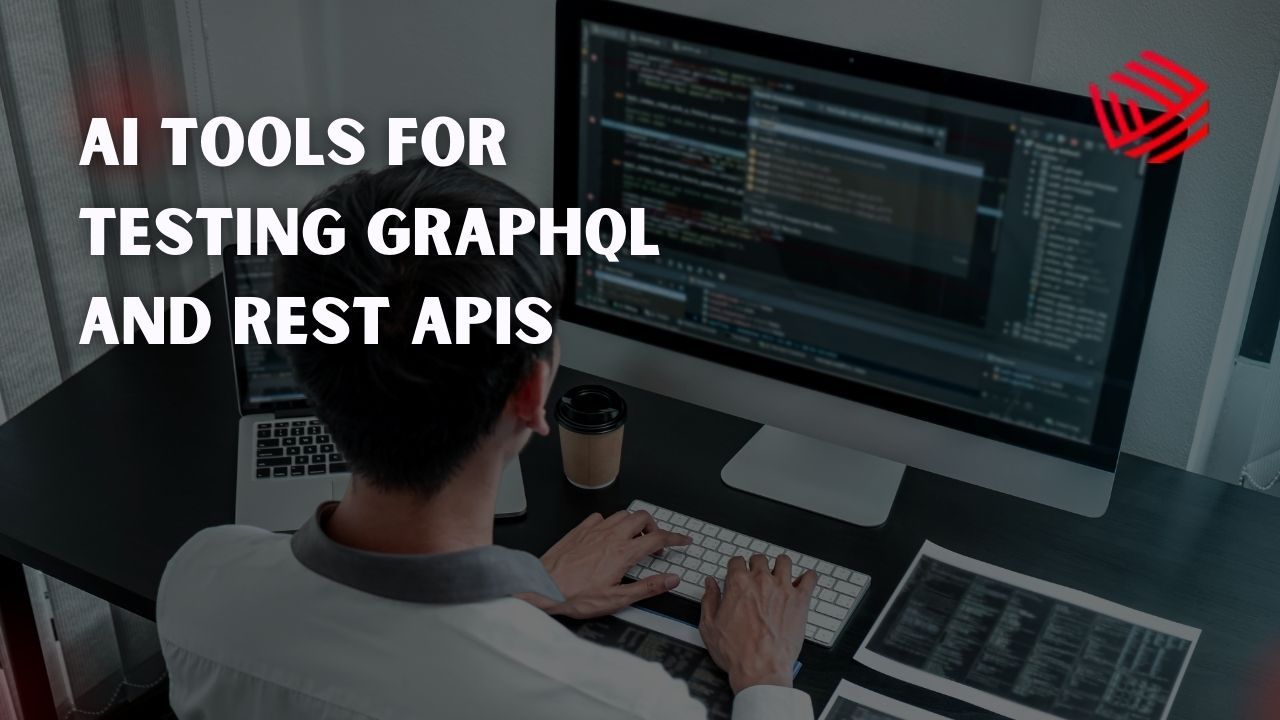In the fast-paced digital landscape of 2025, building a SaaS product no longer demands months of development or a full-stack engineering team from day one. Instead, startups and solo founders are focusing on Minimum Viable Products (MVPs) — lightweight, testable versions of software that help validate the idea before investing heavily.
1. Bubble
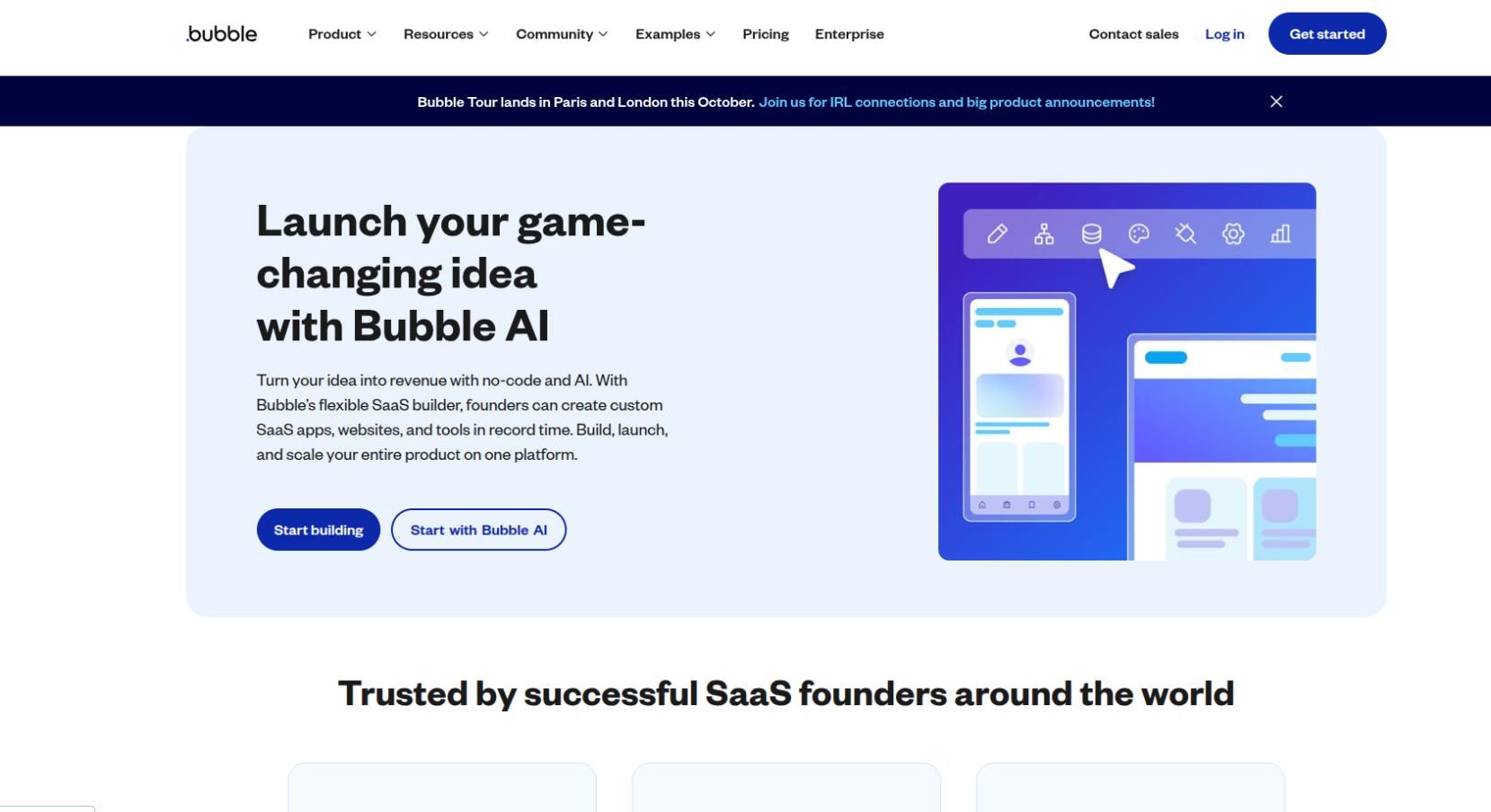
Bubble has revolutionized how startups and solo founders approach SaaS development by enabling them to build full-stack web applications without writing a single line of code. Whether you're building a project management tool, a booking platform, or a marketplace, Bubble offers the flexibility to create your frontend, backend workflows, and database—all through a visual interface. Its drag-and-drop editor is intuitive yet powerful, allowing you to define logic, set conditionals, create user flows, and even connect APIs through plugins or manual integrations. What makes Bubble ideal for MVPs is that it drastically reduces the time from ideation to deployment, often enabling you to build and launch in weeks rather than months. It also supports custom domains, responsive designs, and real-time interactions, making it perfect for launching SaaS products that look and feel professional. For non-technical founders, Bubble levels the playing field by eliminating technical barriers while maintaining the robustness needed for a scalable MVP.
2. OutSystems
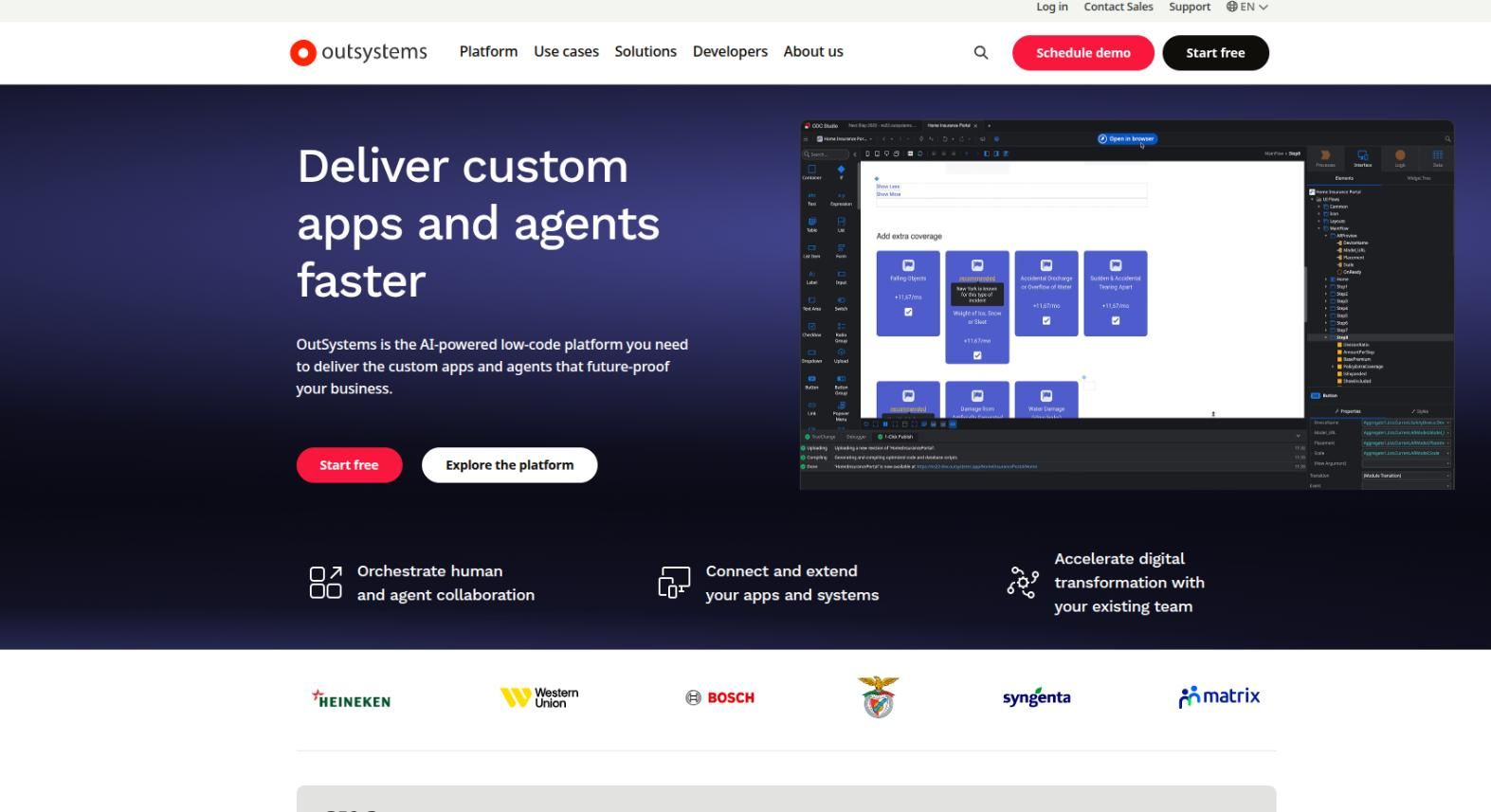
OutSystems is a powerful low-code platform that caters to teams or enterprises looking to build MVPs with scalability and future expansion in mind. Unlike no-code tools, OutSystems offers more granular control, making it a strong choice for developers and product teams who want to blend visual development with traditional coding. With a rich library of pre-built components and templates, OutSystems allows teams to accelerate application delivery while ensuring performance and compliance standards are met. Its built-in DevOps, CI/CD tools, and multi-environment support make it ideal for MVPs that are expected to transition into full-scale enterprise products. You can easily deploy apps across web and mobile, integrate with third-party systems, and monitor performance from a single dashboard. This platform is particularly beneficial when your MVP must meet rigorous business or security requirements while still being built on a tight deadline and budget.
3. Firebase
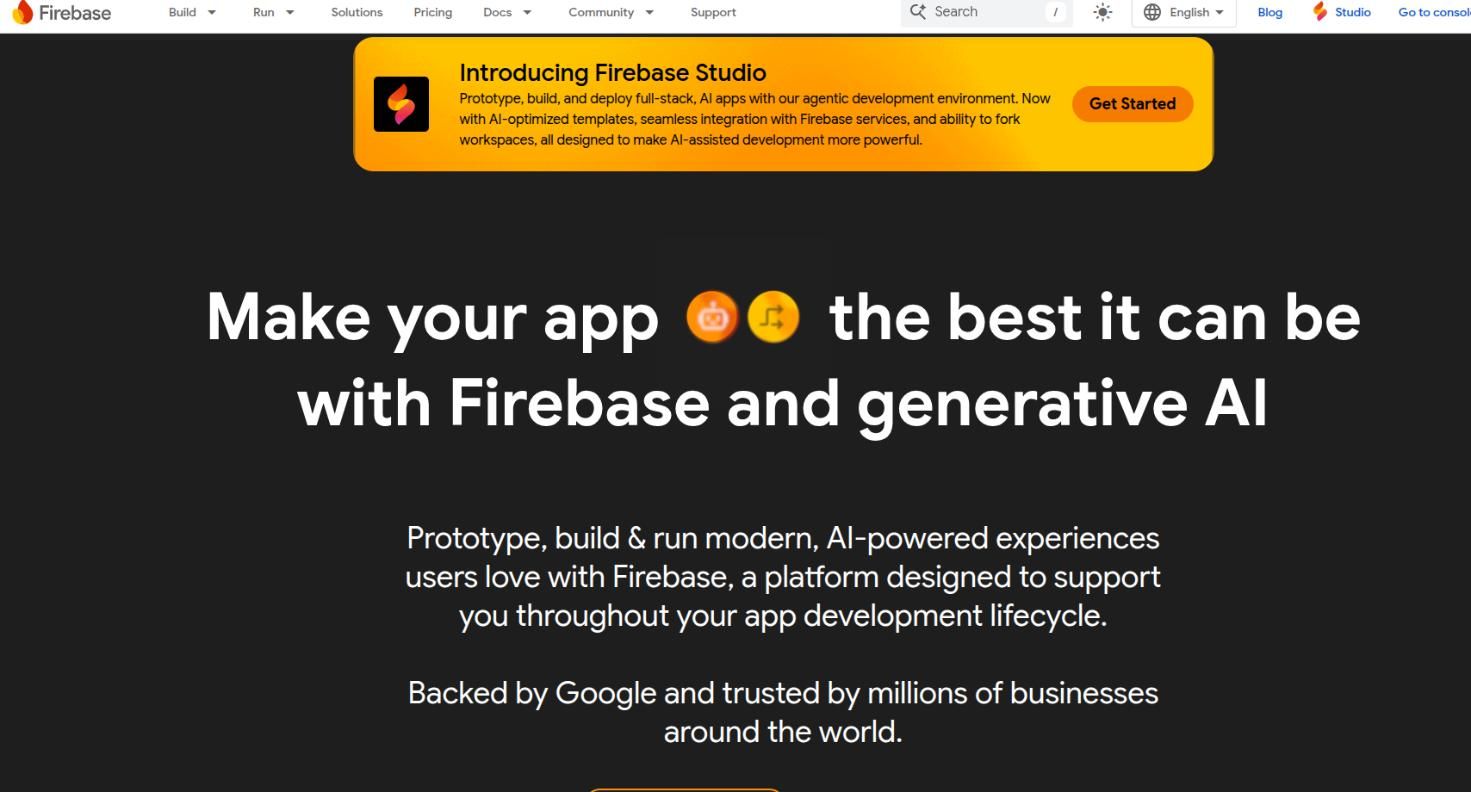
Firebase by Google is an all-in-one backend solution that provides everything a SaaS MVP needs—authentication, database, hosting, cloud functions, and analytics. It’s designed to be fast, reliable, and incredibly developer-friendly, making it one of the most popular choices for technical founders and development teams alike. Firebase’s Firestore, a real-time NoSQL database, allows your app to sync data instantly across users and devices, while Firebase Authentication supports social logins, email-password sign-ins, and even anonymous access. Hosting is secure and global, allowing you to deploy your frontend and backend in minutes. Firebase also integrates seamlessly with other Google services, which is a huge advantage for analytics, push notifications (via Firebase Cloud Messaging), and A/B testing. For MVPs that need fast iteration, Firebase supports serverless functions that allow you to add business logic without managing any infrastructure, which is a big win for both speed and cost-efficiency.
4. Stripe
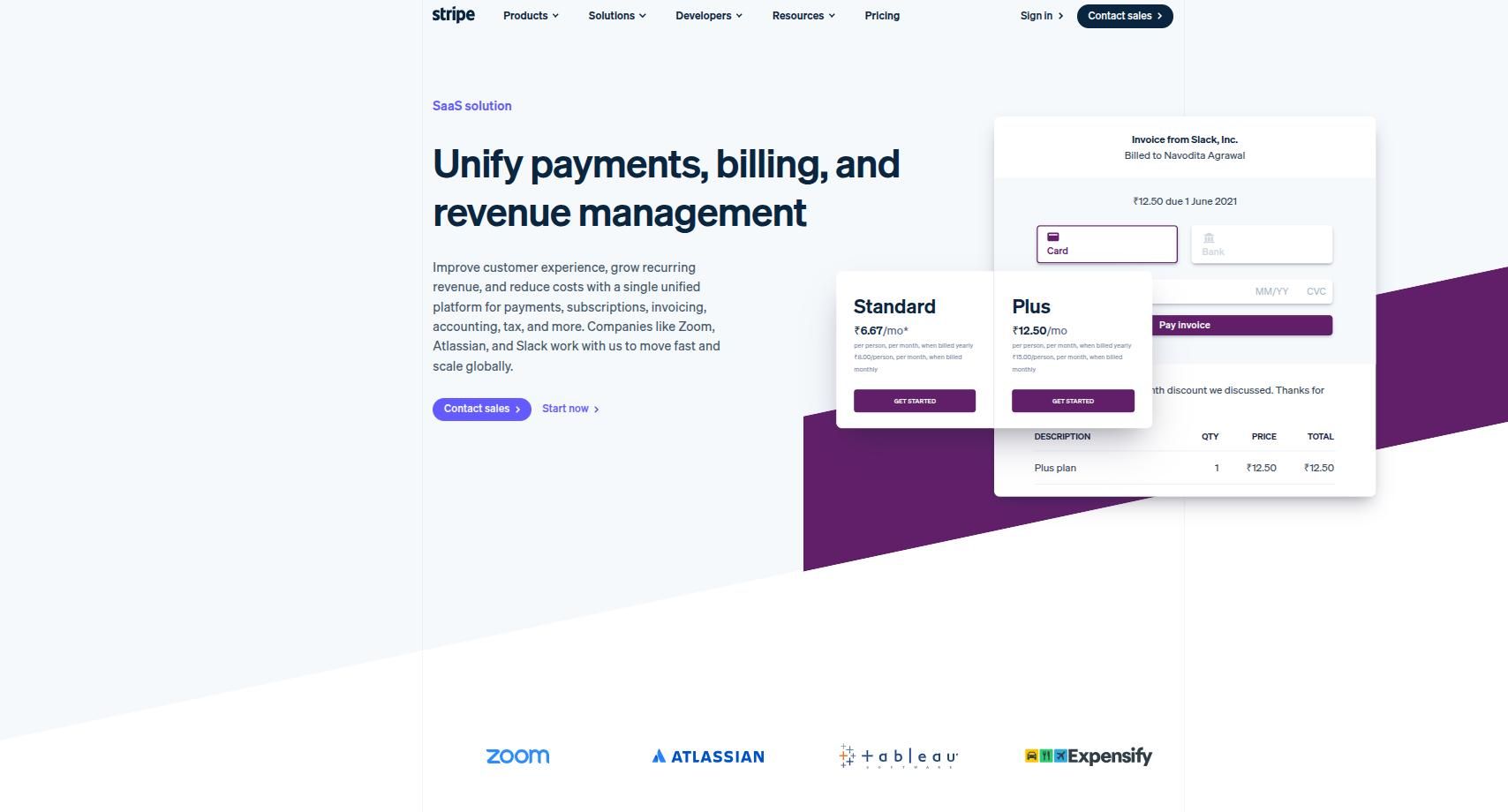
If you're building a SaaS MVP that needs to process payments, manage subscriptions, or offer free trials, Stripe is hands down the best solution available. It simplifies the entire payment infrastructure by offering robust APIs, clean documentation, and a suite of tools tailored to SaaS business models. With Stripe, you can quickly implement recurring billing, usage-based pricing, coupons, free trials, and dunning (failed payment recovery)—all without building it from scratch. Stripe Checkout also allows you to launch a secure, pre-built payment page in minutes, reducing your PCI compliance burden. Its global support means you can accept payments in 135+ currencies and manage localized tax calculations and invoicing, making it ideal for international SaaS products. Beyond payments, Stripe offers powerful analytics and dashboards that give you a clear view of revenue, churn, MRR, and LTV—critical insights for any SaaS founder aiming for growth and product-market fit.
5. Figma
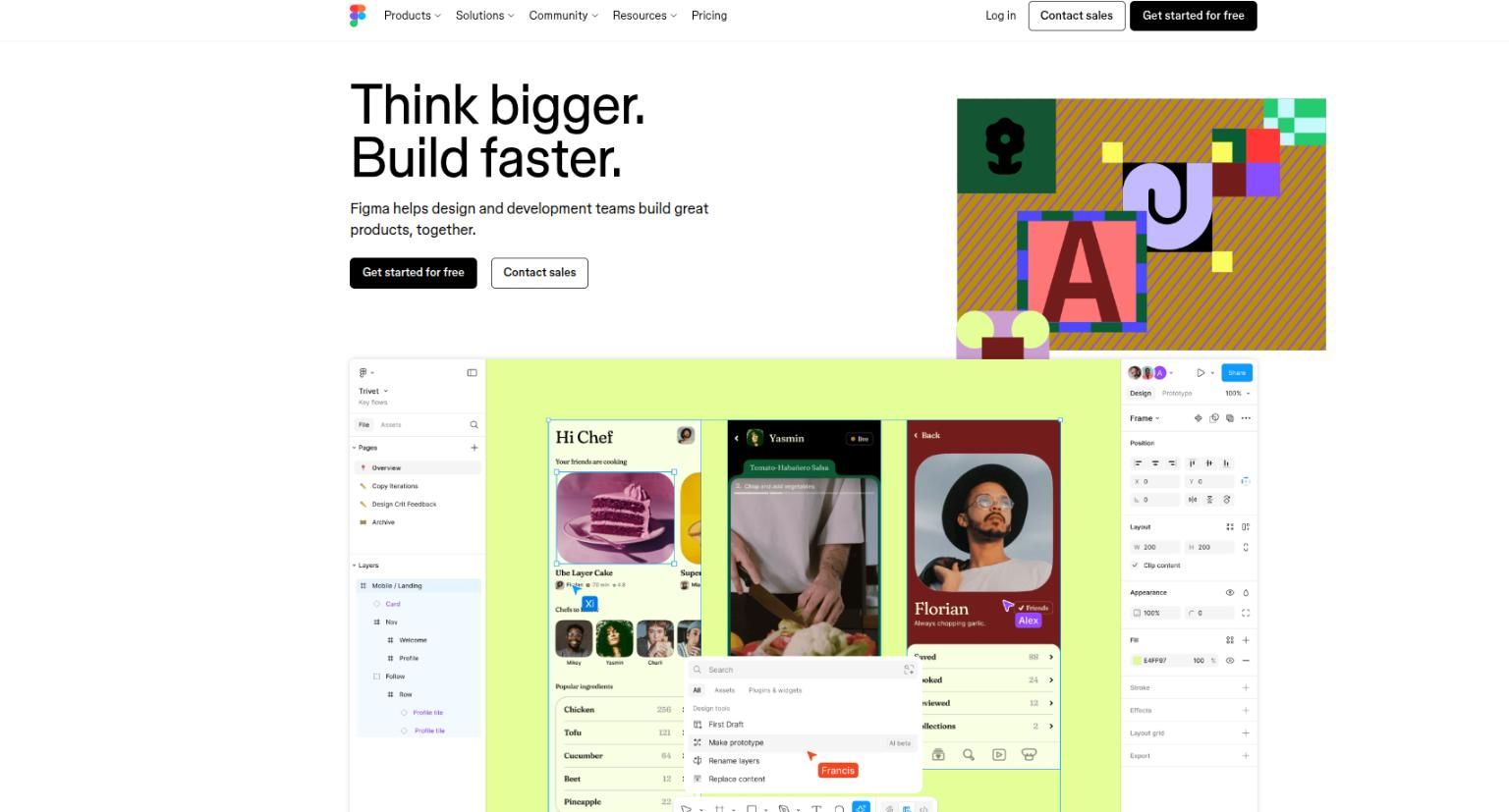
Good design isn’t just about aesthetics—it’s about usability, clarity, and creating a seamless user experience. That’s where Figma comes in. As a browser-based collaborative design tool, Figma empowers teams and solo founders to create wireframes, UI designs, and clickable prototypes without the hassle of file versions or platform dependencies. Its real-time collaboration features make it especially powerful for distributed teams working on tight MVP deadlines. You can brainstorm ideas, test user flows, and iterate designs with developers and stakeholders all in the same interface. Figma also supports design systems and reusable components, which help maintain consistency across your SaaS MVP. Whether you're using it to test user journeys before development or handing off pixel-perfect designs to developers or Bubble, Figma plays a critical role in minimizing UI/UX issues and aligning everyone toward the same product vision from the beginning.
6. Zapier
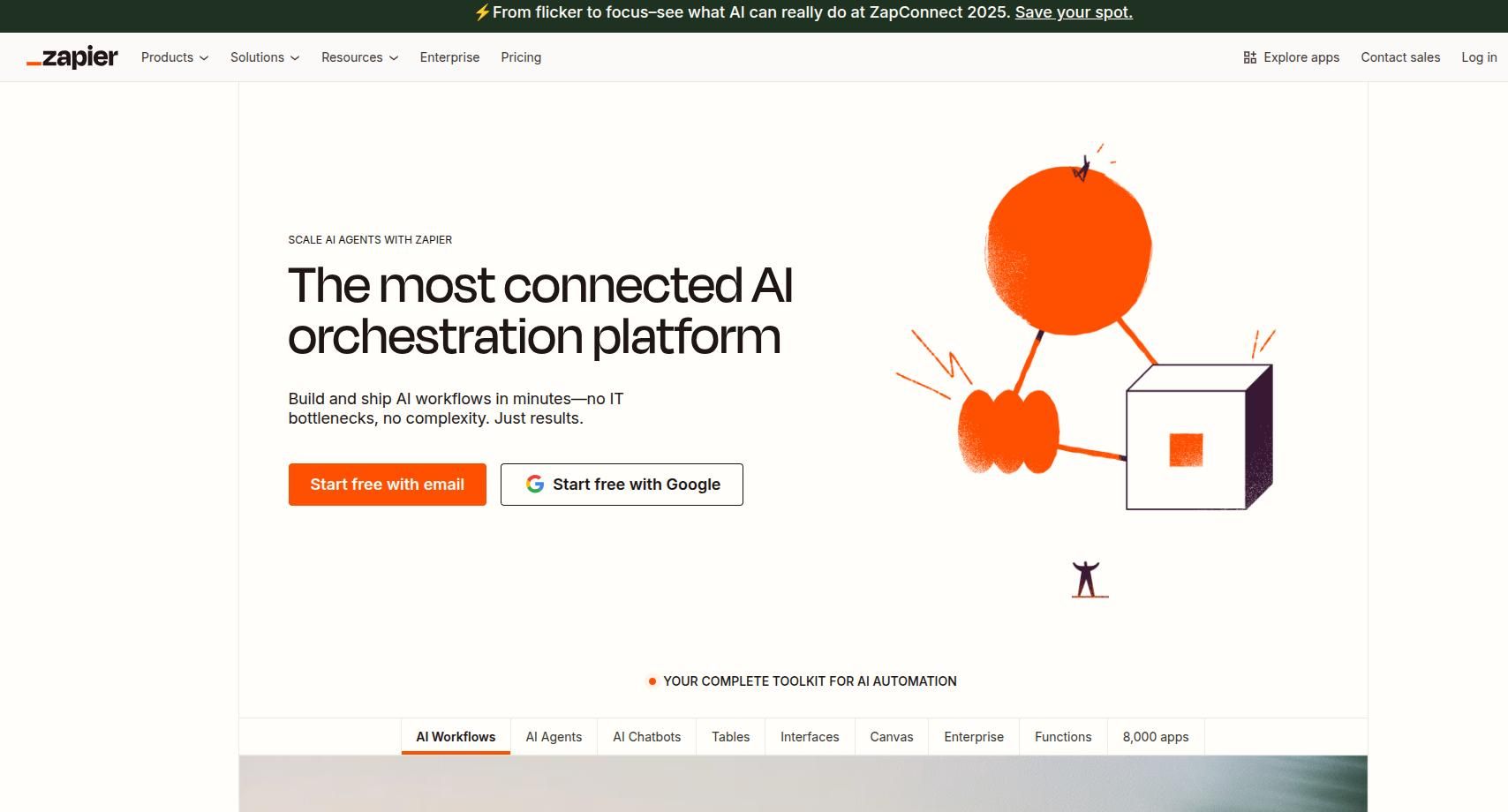
When you're building a lean MVP, every minute counts. Zapier allows you to automate repetitive tasks by connecting over 6000+ apps like Gmail, Slack, Airtable, Notion, Typeform, and Stripe. With its intuitive interface, you can create “Zaps”—workflows that trigger actions when certain conditions are met. For instance, you can automatically add new Stripe subscribers to your email list, send welcome emails, or update a CRM without writing a single line of code. This level of automation is crucial for early-stage SaaS products that lack full backend systems or support staff. You can create onboarding flows, gather user feedback, and even handle customer support interactions via connected tools. It’s the glue that holds your MVP ecosystem together, letting you focus on product development and customer feedback instead of manual admin work.
7. Vercel
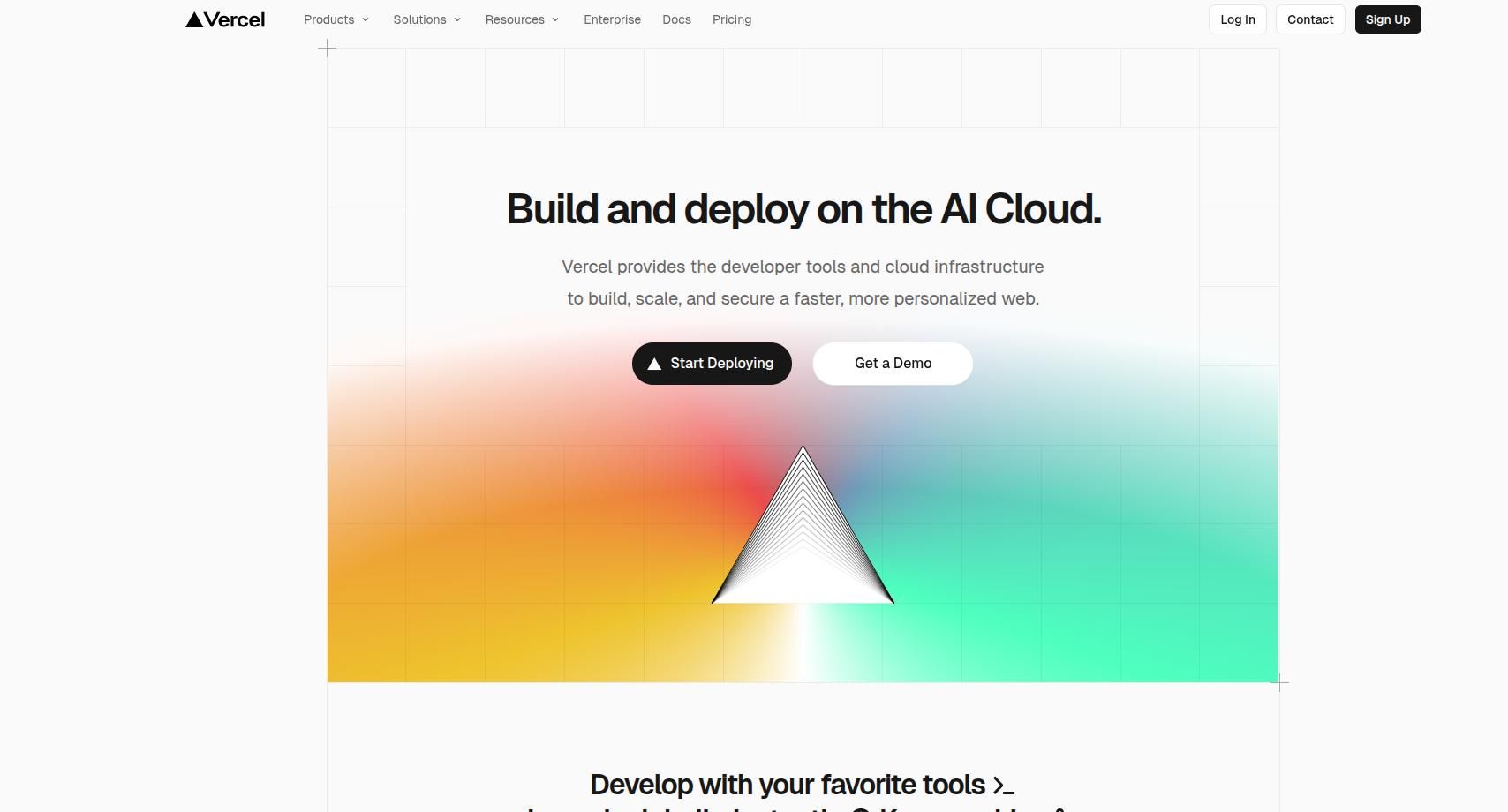
Vercel is a cloud platform for frontend developers that specializes in hosting React, Next.js, and other modern JavaScript frameworks. It’s a godsend for SaaS MVPs built using Jamstack architecture or single-page applications (SPAs). With Vercel, you get automatic deployments from GitHub/GitLab, instant rollbacks, and zero-config performance optimizations like edge caching and global CDN delivery. Your SaaS MVP gets fast page loads, HTTPS by default, and serverless functions that can handle backend logic when needed. Vercel is also extremely developer-friendly, offering previews for every pull request, so you can test changes before pushing to production. Whether you’re building a marketing site, customer dashboard, or admin portal, Vercel ensures that your SaaS MVP is both performant and easy to deploy. It drastically reduces the time between “code complete” and “live product,” which is essential in the MVP phase.
8. Hotjar
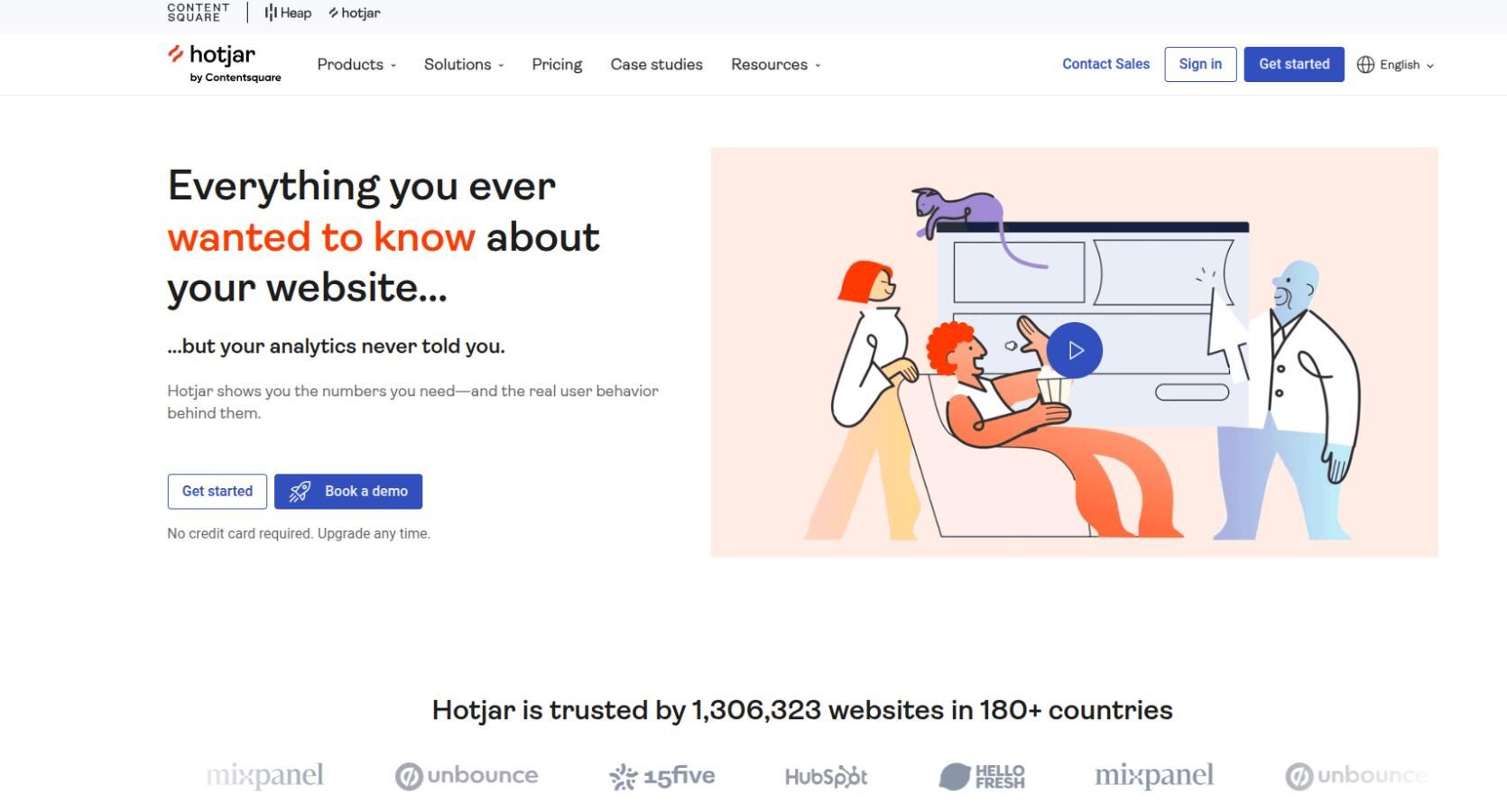
Understanding how users interact with your product is vital for refining your MVP. Hotjar gives you visual insights through heatmaps, session recordings, and user feedback tools. These features allow you to see where users click, scroll, or drop off—helping you identify pain points and optimize the user experience quickly. You can run targeted polls, gather open-ended feedback, and monitor the effectiveness of onboarding or signup flows—all without asking users to explain their actions. For early-stage SaaS founders, this feedback is gold. It helps you avoid the trap of building features based on assumptions rather than real-world behavior. Hotjar’s integration with tools like Google Analytics or Slack also allows you to turn qualitative insights into actionable tasks, making it easier to iterate toward product-market fit.
9. SendGrid
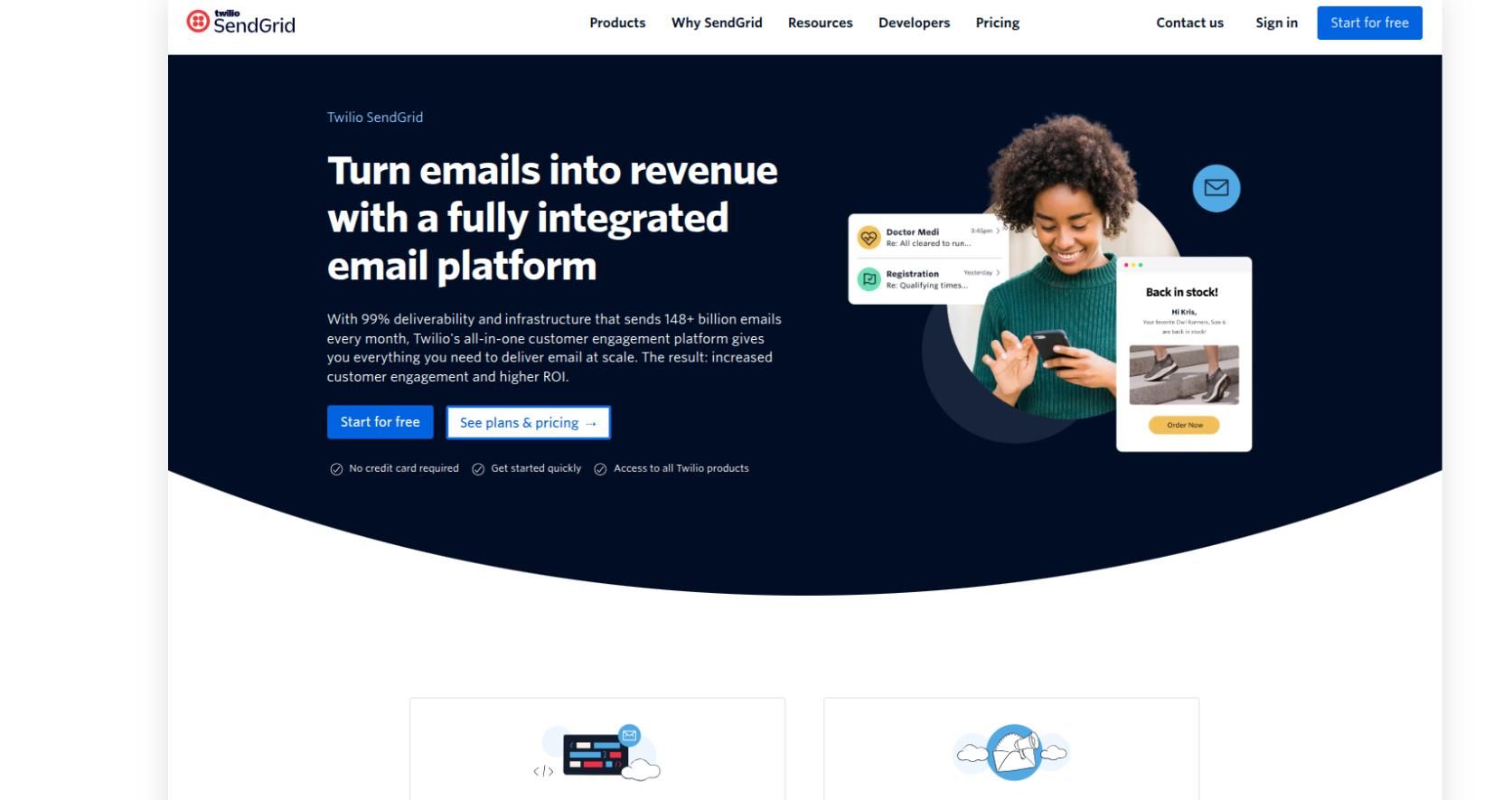
Emails are the backbone of SaaS user engagement—from account verification and password resets to onboarding sequences and feature announcements. SendGrid, a trusted name in transactional and marketing emails, makes it easy to implement a reliable email communication system within your MVP. With robust APIs, you can integrate it seamlessly into your tech stack, enabling features like welcome emails, trial expiration reminders, and customer support alerts. The platform also includes a powerful visual editor for marketers and detailed analytics for tracking open rates, click-throughs, and deliverability issues. Whether you're building a no-code MVP with Bubble or a full-code version on Node.js, SendGrid fits right in. It ensures that your users receive timely, relevant emails—enhancing engagement and building trust, both of which are crucial for early traction.
10. PostHog
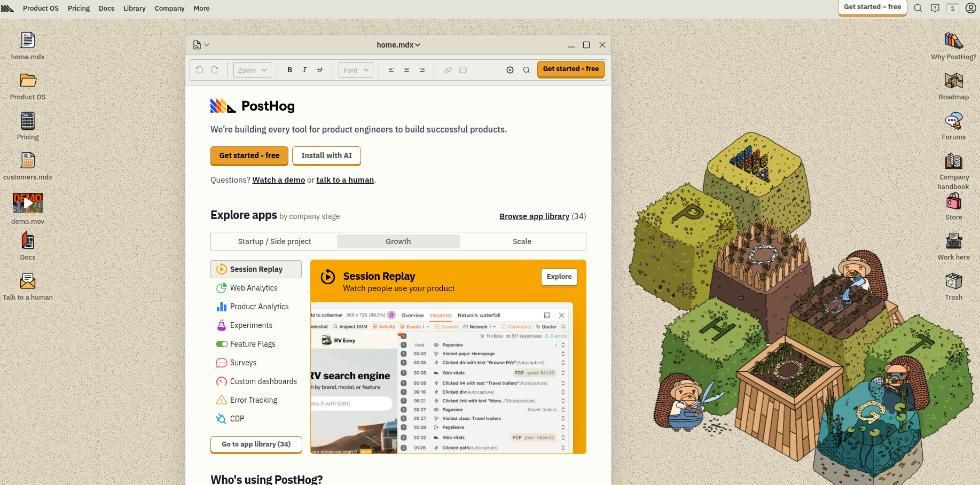
PostHog is a privacy-friendly, product analytics suite designed for developers and product teams building SaaS products. Unlike traditional analytics platforms, PostHog tracks custom user events, feature adoption, conversion funnels, and cohort retention without needing client-side tagging or third-party cookies. It gives you deep visibility into what features users are using, where they’re dropping off, and how changes affect behavior—all in one place. It also supports session recordings, A/B testing, and feature flag management, which are incredibly useful for MVP testing and iteration. Best of all, PostHog can be self-hosted, making it ideal for startups with strict data compliance needs. With actionable insights at your fingertips, PostHog allows you to make informed decisions that directly impact the success of your MVP and its future iterations.
Building, Launching, and Growing Your SaaS MVP
The path from idea to product has never been more accessible or more competitive. The tools we’ve explored—Bubble, OutSystems, Firebase, Stripe, Figma, Zapier, Vercel, Hotjar, SendGrid, and PostHog—represent the foundation of a modern, agile, and data-driven MVP launch strategy in 2025. These platforms are not just software solutions; they are enablers of innovation, removing barriers to entry and empowering founders to move from concept to execution with unparalleled speed and flexibility.
In a world where timing, market validation, and speed-to-iteration determine success or failure, these tools let you focus on the most important metric of all: user value. Let’s take a deep, actionable look at how these platforms, when thoughtfully combined, position you to build an MVP that’s not only viable but validated, scalable, and capable of gaining traction in a noisy market.
Start With the Right Mindset: MVP is Not Just a Product, It’s a Learning Tool
Before diving into tools, it’s essential to remember the core purpose of a Minimum Viable Product. An MVP isn’t a simplified version of your final SaaS platform—it’s a learning vehicle designed to test hypotheses, validate core assumptions, and gather real-world feedback as quickly as possible.
This is why tools like Figma and Hotjar are so important. Figma helps you envision what the product could be, while Hotjar ensures you’re learning from user behavior right after launch. The combination of early design thinking and behavioral analytics shortens the feedback loop dramatically.
Design, Build, Validate, Repeat: Tools in Action
Step 1: Ideation and Design (Figma)
Every successful MVP begins with user experience. You can’t validate what people want if they can’t navigate your product. With Figma, you don’t just design static screens—you prototype, run mock user testing, and map out every interaction before writing a single line of code.
In this phase, you’re answering questions like:
- What problem are we solving?
- Who are the users?
- How will they move through the app?
Because Figma supports collaboration, both technical and non-technical team members can give real-time feedback—cutting down days or weeks of revisions.
Step 2: Build Quickly With No-Code, Low-Code, or Traditional Stacks
Depending on your technical resources, your MVP build may happen on:
- Bubble (No-Code)
- OutSystems (Low-Code)
- Firebase + Vercel (Code-based stack)
The key is to choose a build tool that aligns with your speed, skill set, and scalability expectations. Bubble is perfect if you want full-stack control without writing code, while Firebase + Vercel is more appropriate if you're comfortable in JavaScript and want scalability.
Each tool offers rapid deployment, cloud hosting, and scalable infrastructure. With minimal DevOps overhead, you can focus entirely on product logic and core features.
Monetization From Day One: Stripe Makes You SaaS-Ready
An MVP that solves a problem is valuable—but an MVP that makes money is fundable.
Stripe empowers you to plug in subscription billing, trials, one-time payments, and coupon logic in days, not weeks. Even better, Stripe Checkout lets you integrate secure payment flows without writing complex backend logic.
You can validate your pricing model as part of your MVP, using real purchase data rather than surveys or guesses. If users are willing to pay for the problem you're solving, you’ve hit product-market fit—or you’re very close.
Automate Early, Stay Lean: Zapier is Your MVP Engine Room
While your MVP is small, your time is limited. Zapier acts as a backend assistant, letting you automate tasks that would otherwise eat up your day.
With Zapier, you can:
- Send a welcome email after a Stripe purchase
- Auto-add user feedback from Typeform to Notion
- Update Slack with new sign-ups
- Push new leads to a CRM
These automations mean you don’t have to manually manage onboarding, customer support, or email sequences. Zapier is especially powerful when you’re using Bubble or Firebase and don’t yet have a backend team or customer success workflow in place.
Analyze and Optimize: Hotjar and PostHog Drive Continuous Learning
Once your MVP is live, your job isn’t done—it’s just beginning. Now comes the critical phase: analyzing what works and what doesn’t.
- Hotjar gives you a visual map of user behavior: where users click, where they rage-click, where they drop off.
- PostHog tracks deeper metrics like feature adoption, conversion funnels, user retention, and event-based behavior.
With these insights, you can:
- Refine the onboarding flow
- Remove underused features
- Double down on features users love
- Validate whether users are achieving their goals
The combination of Hotjar (qualitative) and PostHog (quantitative) offers a 360° feedback loop. You’ll make decisions based on user truth—not intuition.
Keep Users Engaged: SendGrid for Transactional and Lifecycle Emails
Every great SaaS product understands that email is not just a communication channel—it’s an engagement tool. SendGrid lets you manage transactional emails (like welcome and verification messages) and lifecycle emails (onboarding steps, reminders, feature updates).
A good MVP uses email to:
- Nudge users back into the product
- Complete onboarding journeys
- Promote trials or feature usage
- Gather feedback at the right moments
With SendGrid’s API, templates, and analytics, you can fine-tune your email strategy even at the MVP stage—building habits that drive retention and activation.
Launch Globally, Scale Locally: Vercel and Firebase Power Your Reach
Your MVP needs to be fast, secure, and reliable—even if you only have 50 users. Why? Because those 50 users are your feedback engine. If the site crashes or the UX feels slow, they’ll leave before you can learn anything.
- Vercel delivers your frontend instantly across a global CDN.
- Firebase ensures your backend scales automatically, with no infrastructure worries.
Together, they give you developer peace of mind, letting you focus on product improvements and customer conversations—not fire drills.
MVP is Not the End—It’s the Beginning of Iteration
Once your MVP is in users’ hands, it’s time to iterate. This is where all 10 tools shine together:
- Use Hotjar to see where users struggle.
- Use PostHog to see which features are sticky.
- Use Zapier to respond instantly to user events.
- Use SendGrid to re-engage or upsell.
- Use Bubble or OutSystems to push new features without rebuilding everything.
Each iteration moves you closer to product-market fit—a place where growth becomes organic and your metrics prove you’re solving a real need.
Strategic Takeaways for SaaS MVP Founders
Here are some lasting insights to take with you:
- Speed matters. Don’t overbuild. Launch, test, and adapt using tools that eliminate technical bottlenecks.
- Design early. Use Figma and user testing to avoid costly UX rework later.
- Automate everything. Your time is your most limited asset—Zapier and Stripe help you focus on users, not operations.
- Data is gold. Use Hotjar and PostHog to track behavior and validate assumptions.
- Iterate ruthlessly. MVPs aren’t prototypes; they’re real products used to learn. Expect change, expect failures, and embrace feedback.
- Monetize sooner. Even a $10/month plan validates real demand better than a free beta alone.
- Think globally. Tools like Vercel and Firebase make worldwide reach a default—so build your MVP like your future customers are watching.
The Road Ahead: From MVP to Product-Market Fit
Launching your MVP is a massive milestone—but it’s not the finish line. It’s the start of a journey. The journey from MVP to PMF (Product Market Fit) requires careful listening, agile development, smart scaling, and relentless prioritization. And while the tools will evolve, the principles remain constant: build fast, launch early, learn continuously.
The tools in this guide are trusted by thousands of founders not just to launch, but to grow, monetize, and sustain their SaaS dreams. Use them wisely, pair them with customer obsession, and iterate toward excellence.

